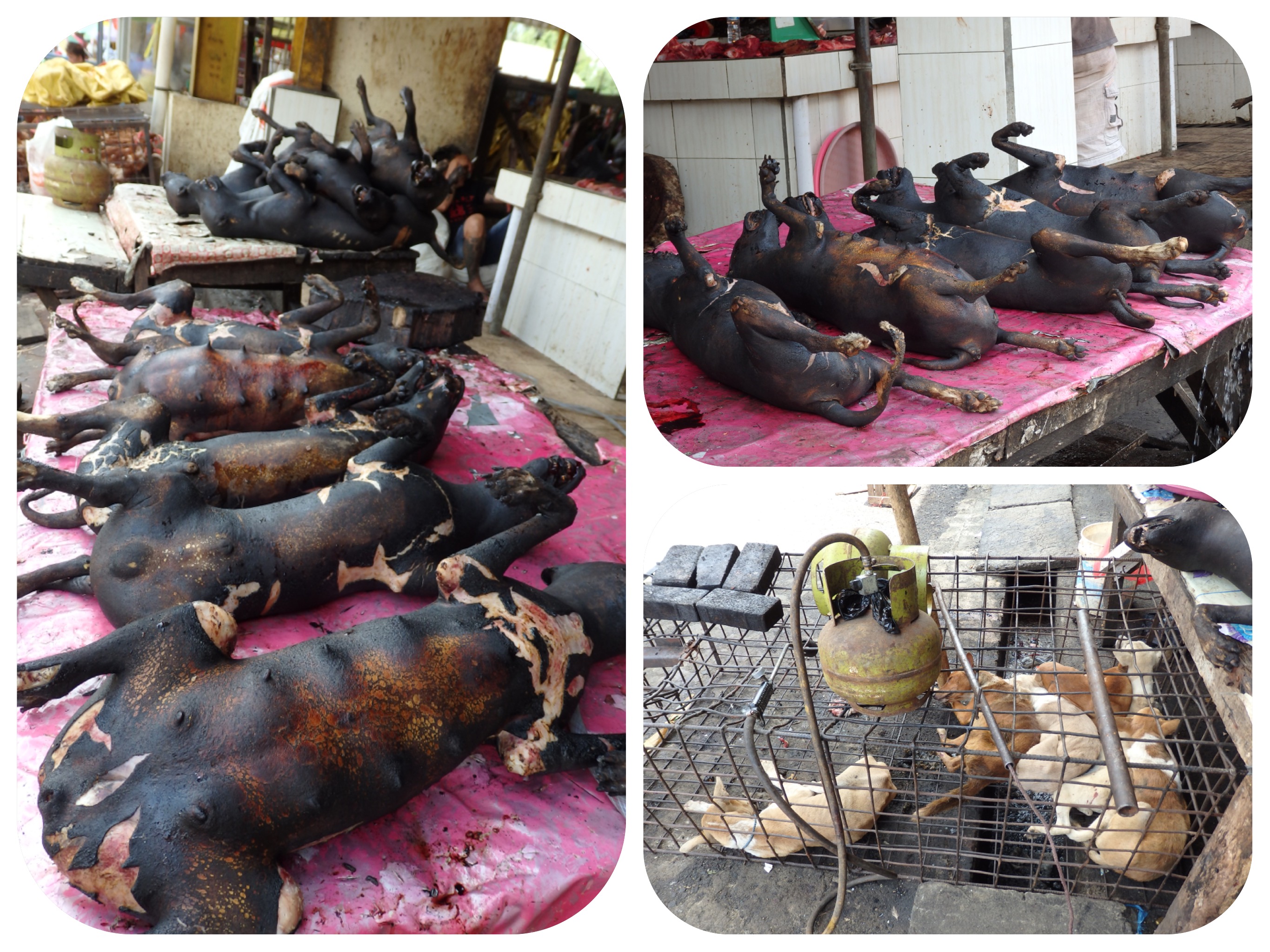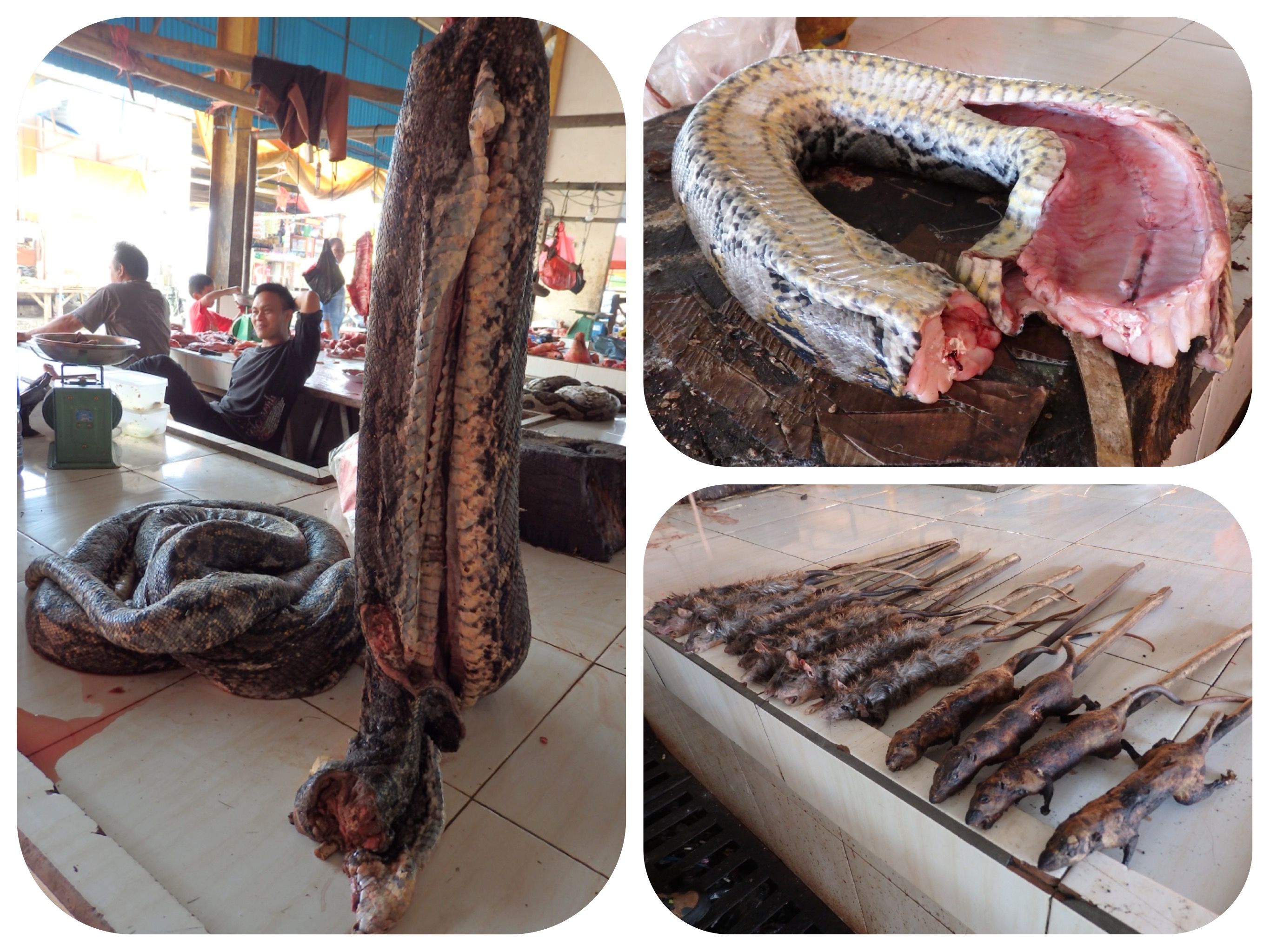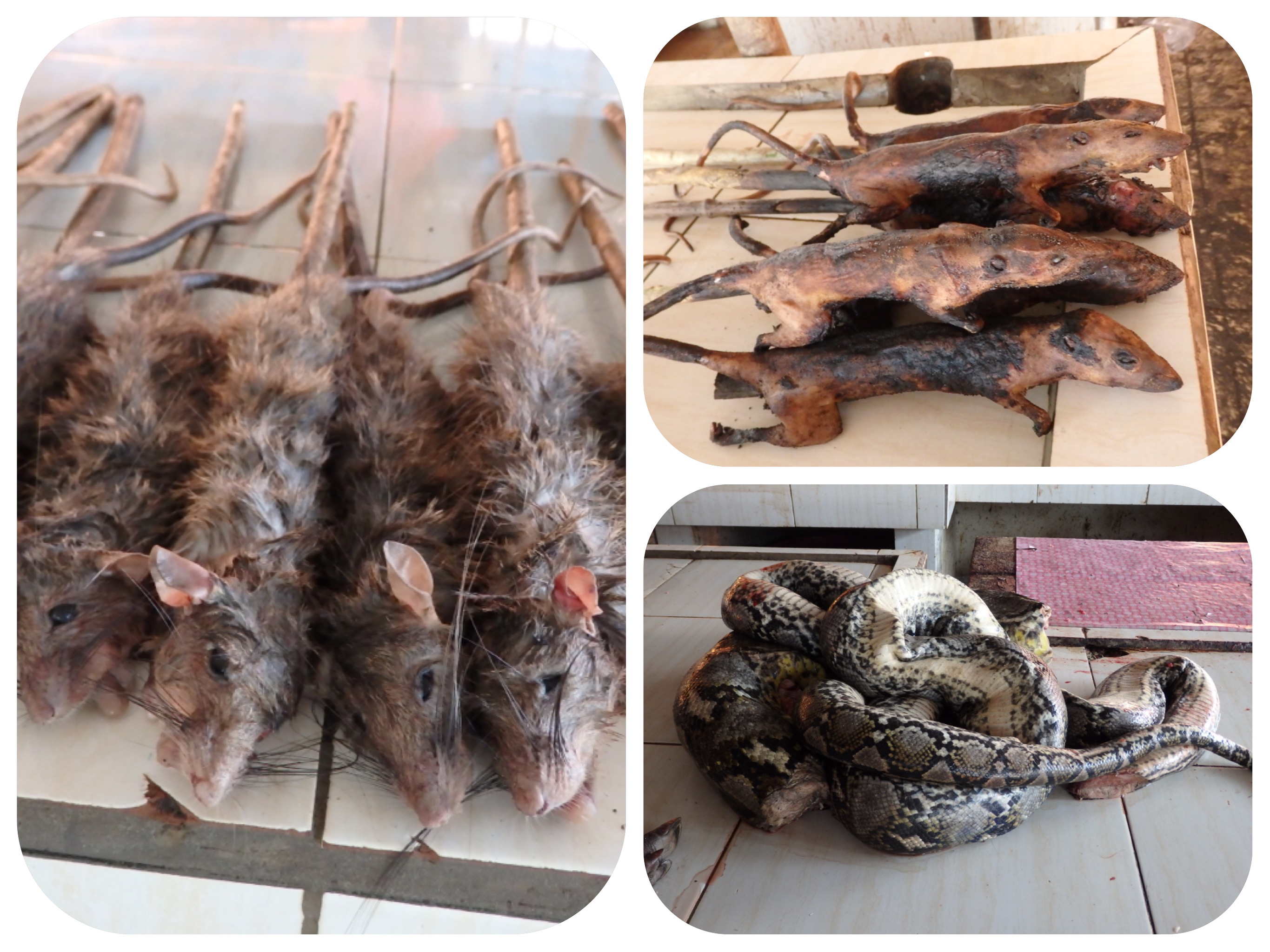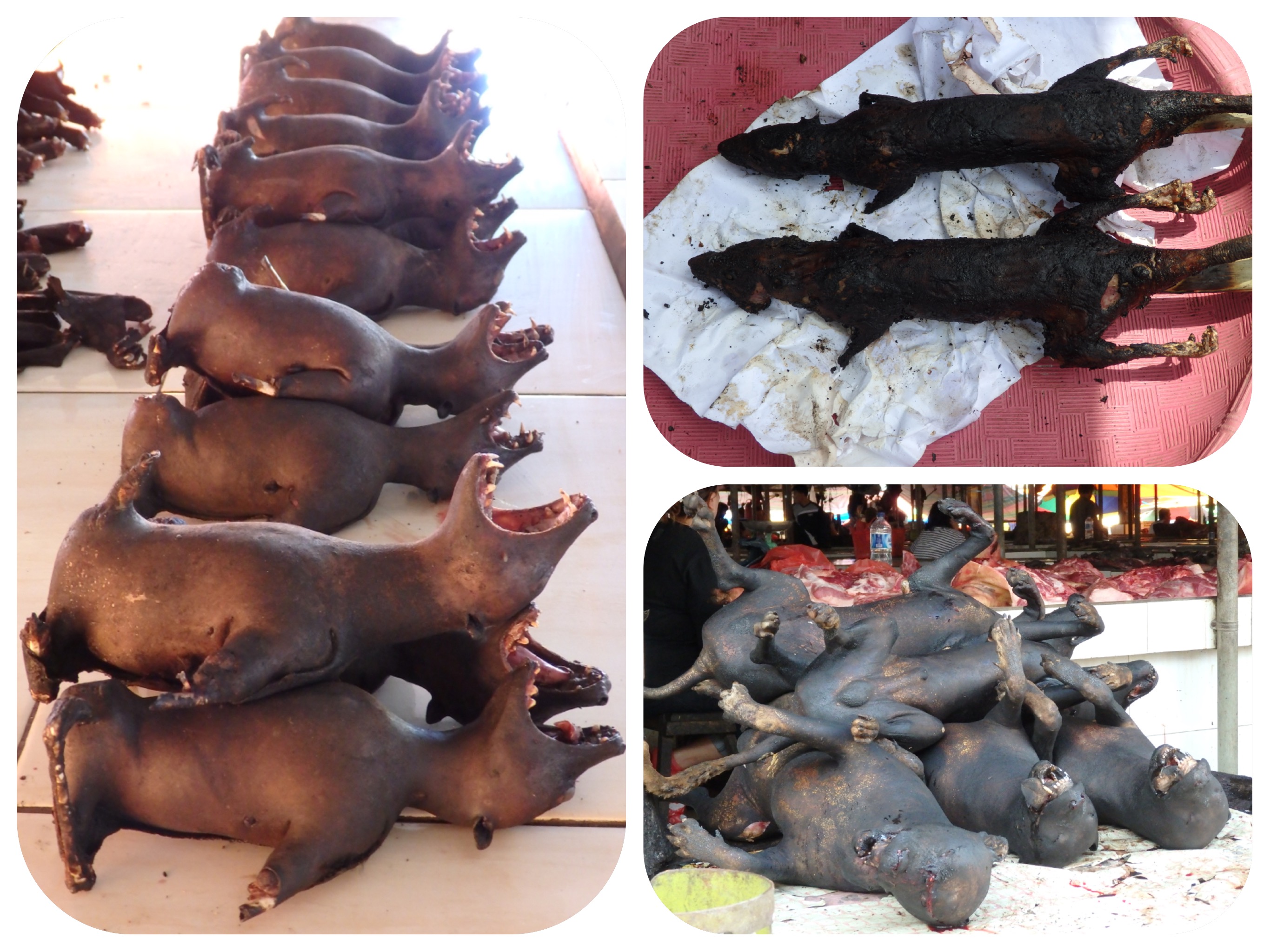The Celebration of Death, and the Culture and People of Sulawesi, Indonesia
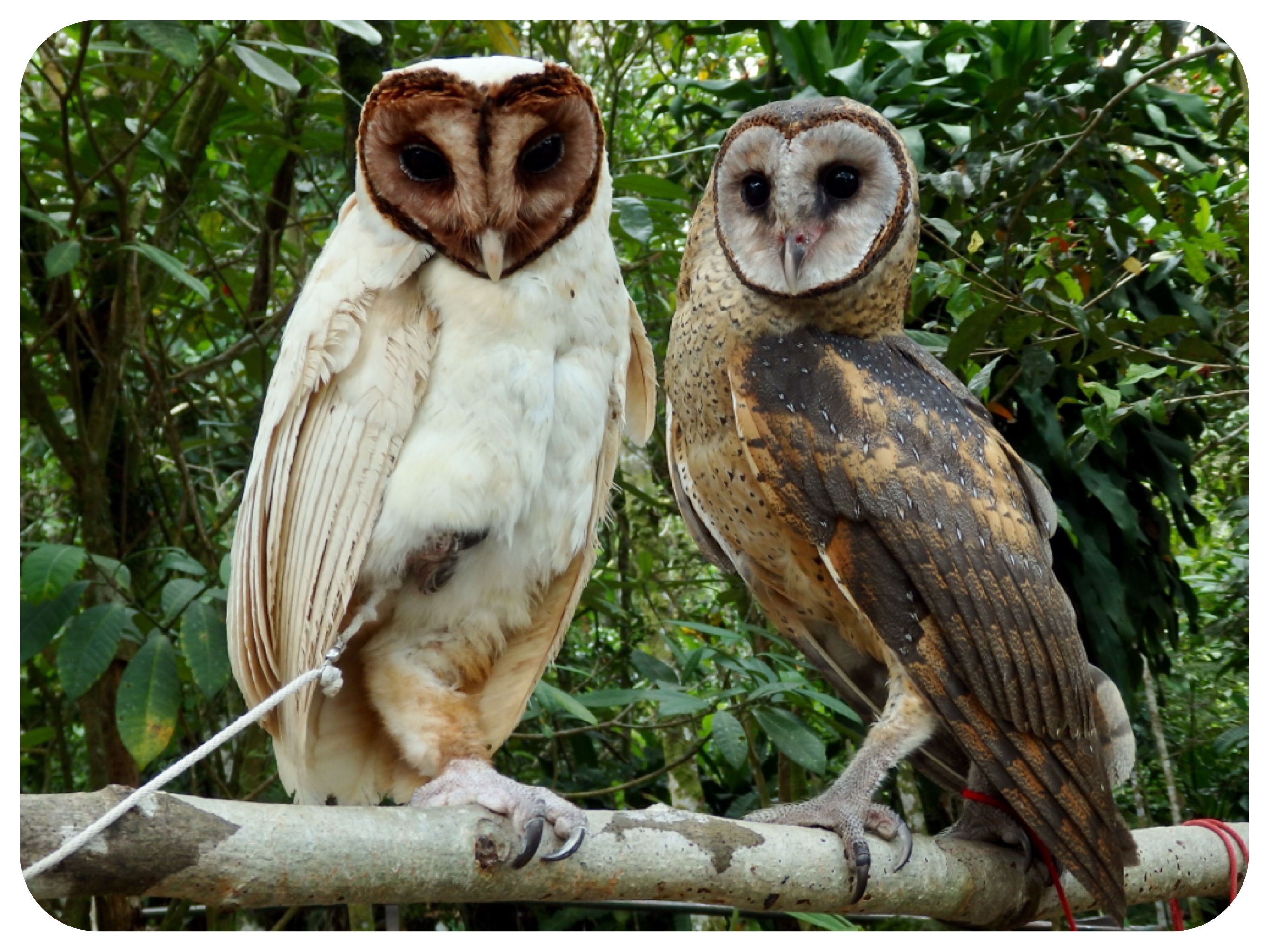
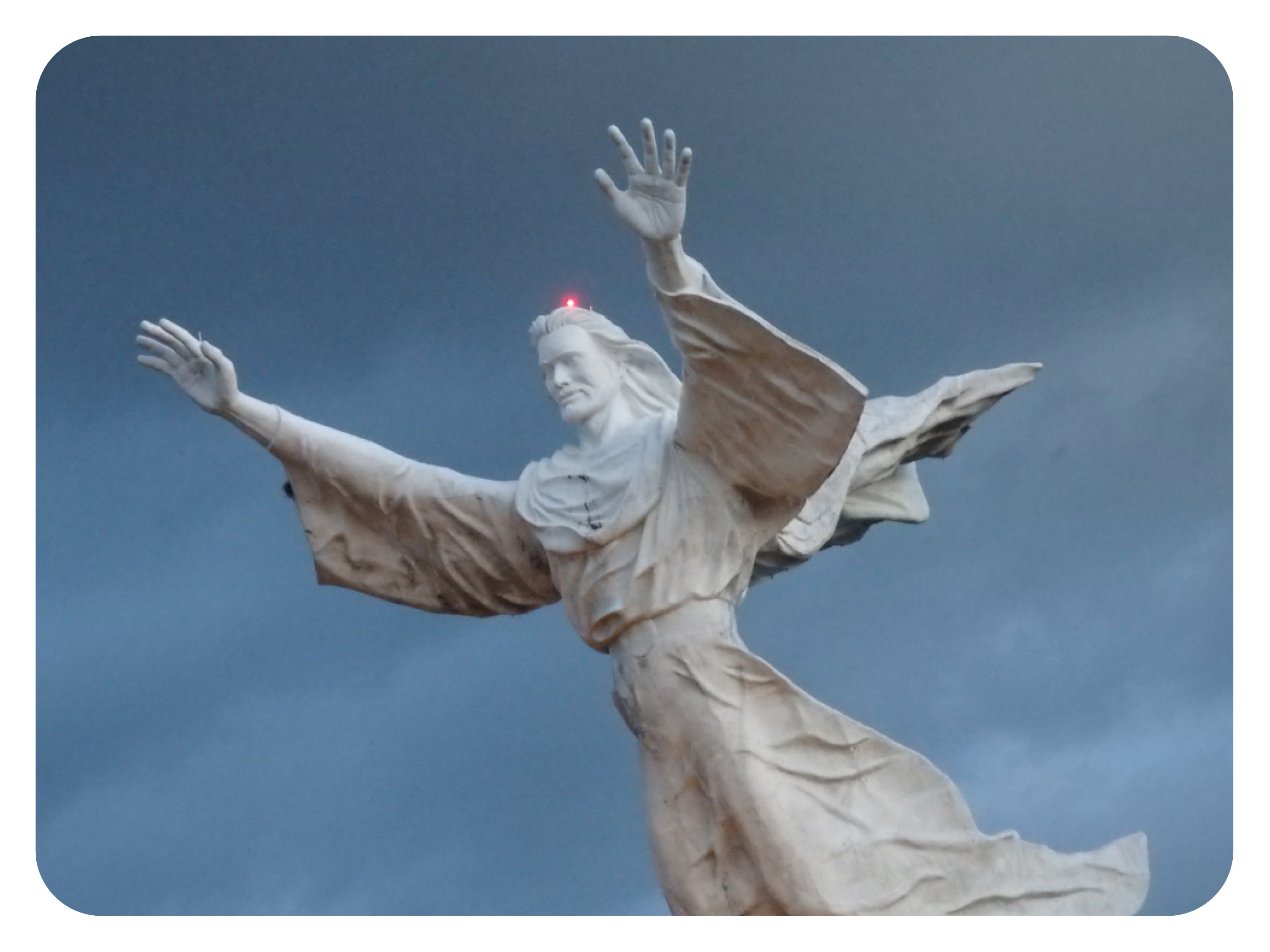
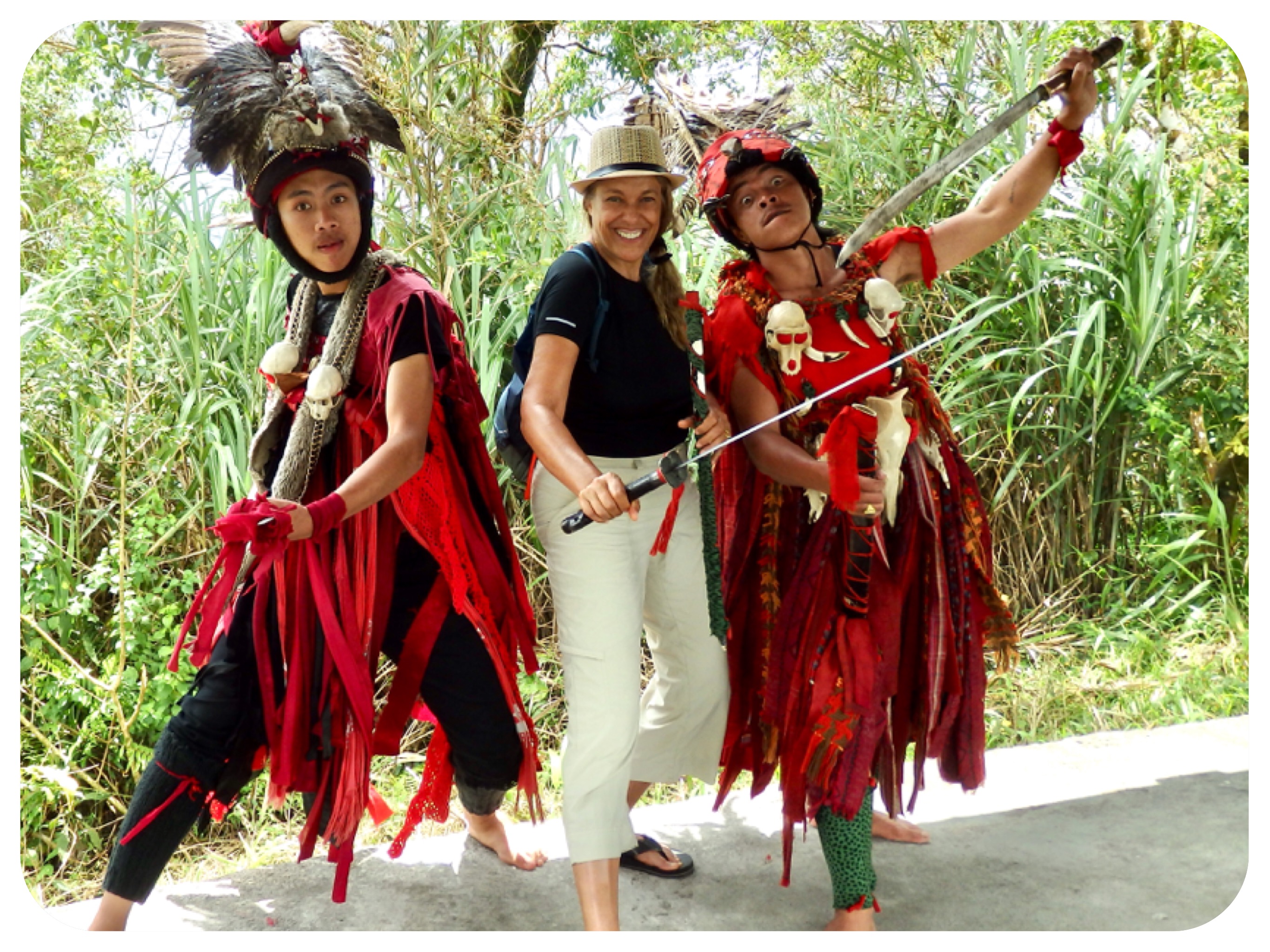
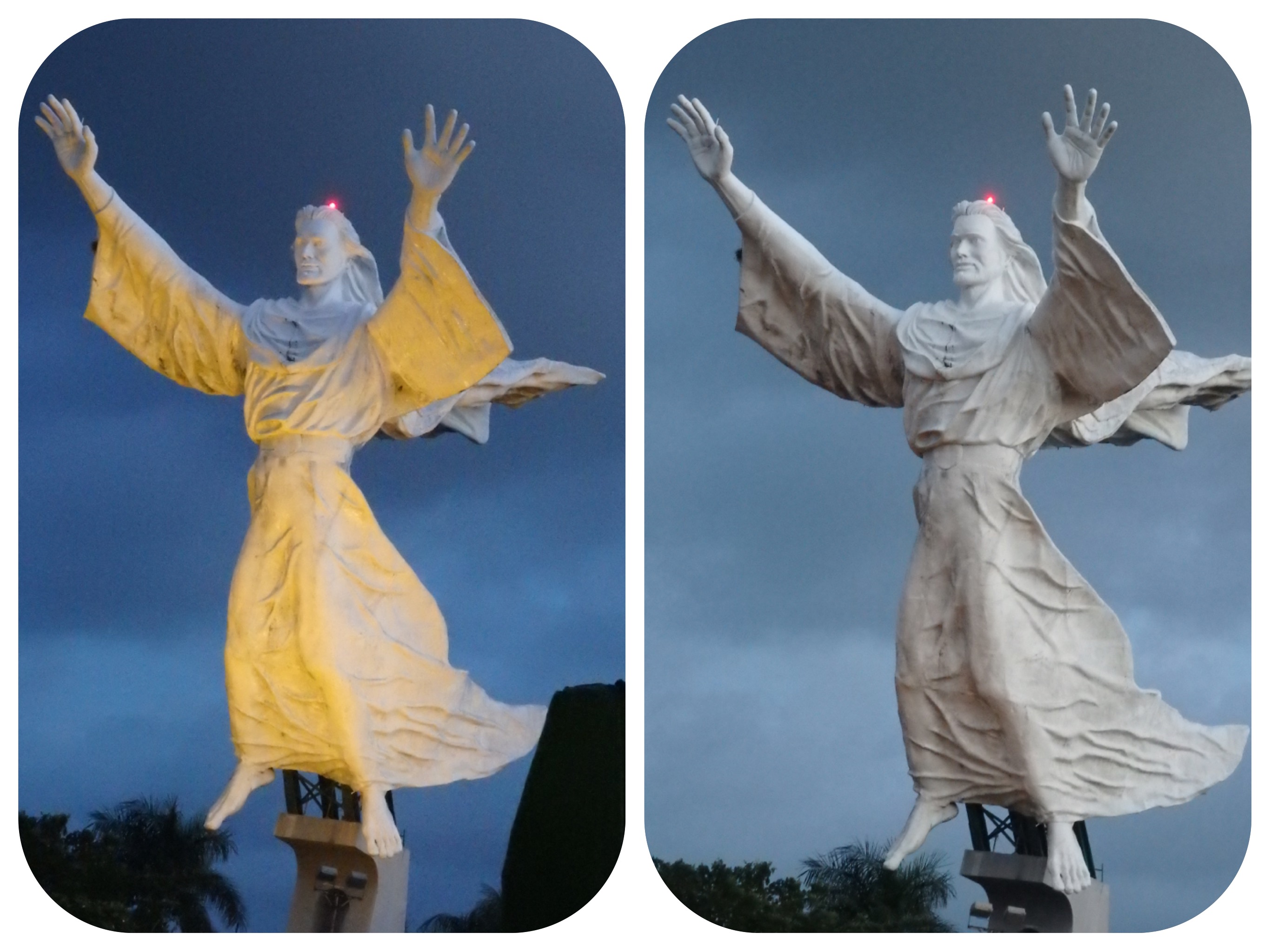

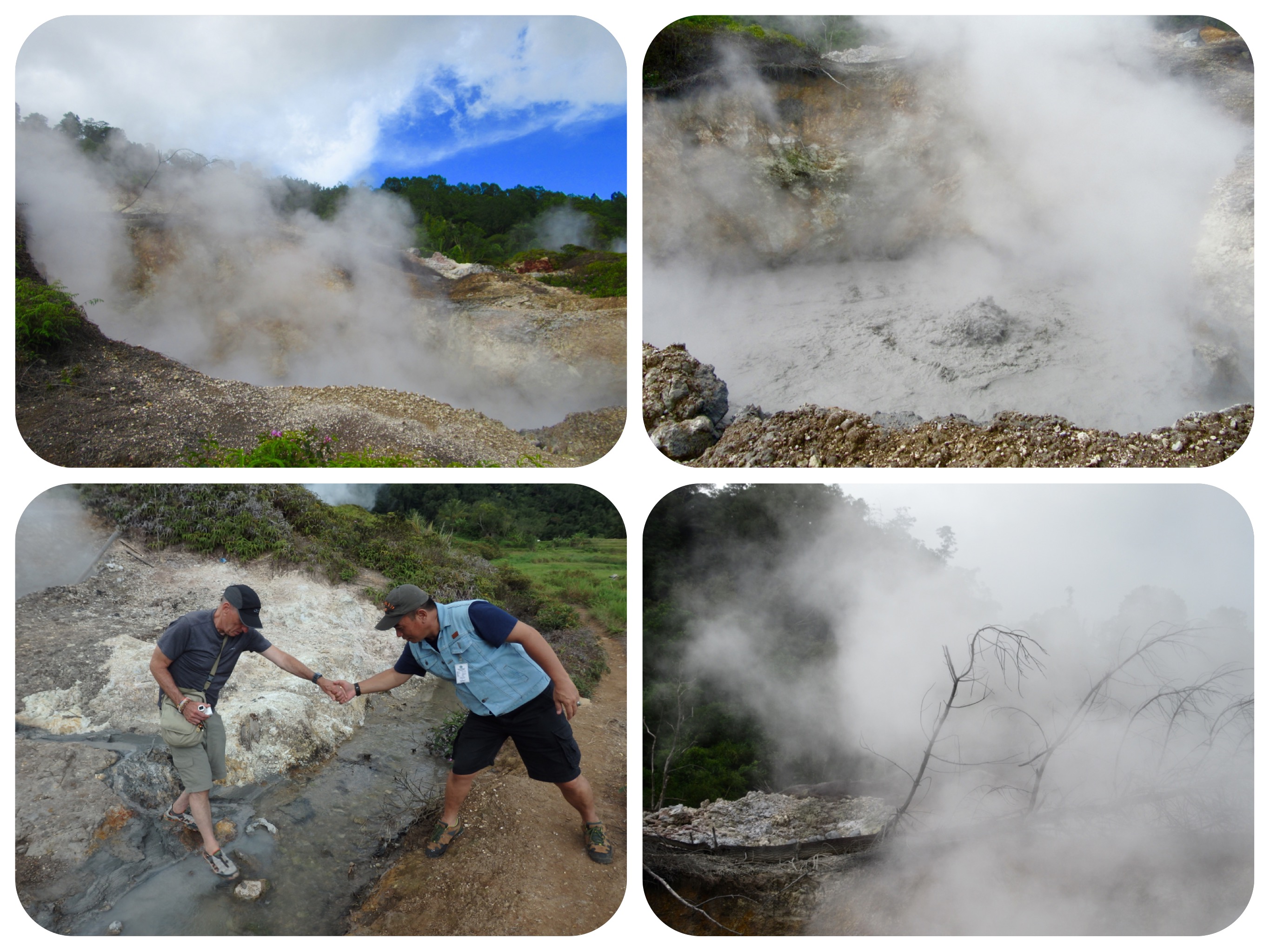
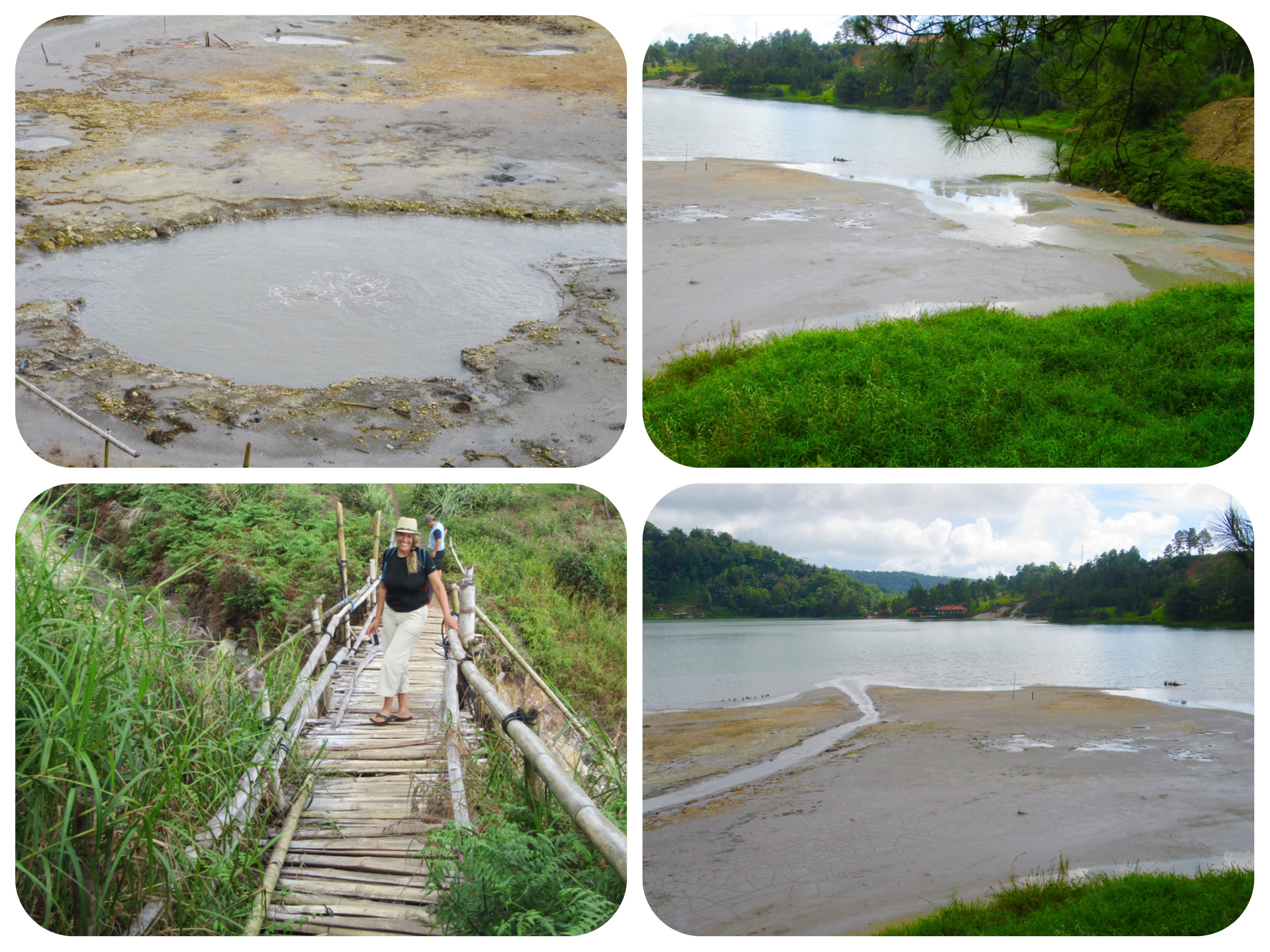
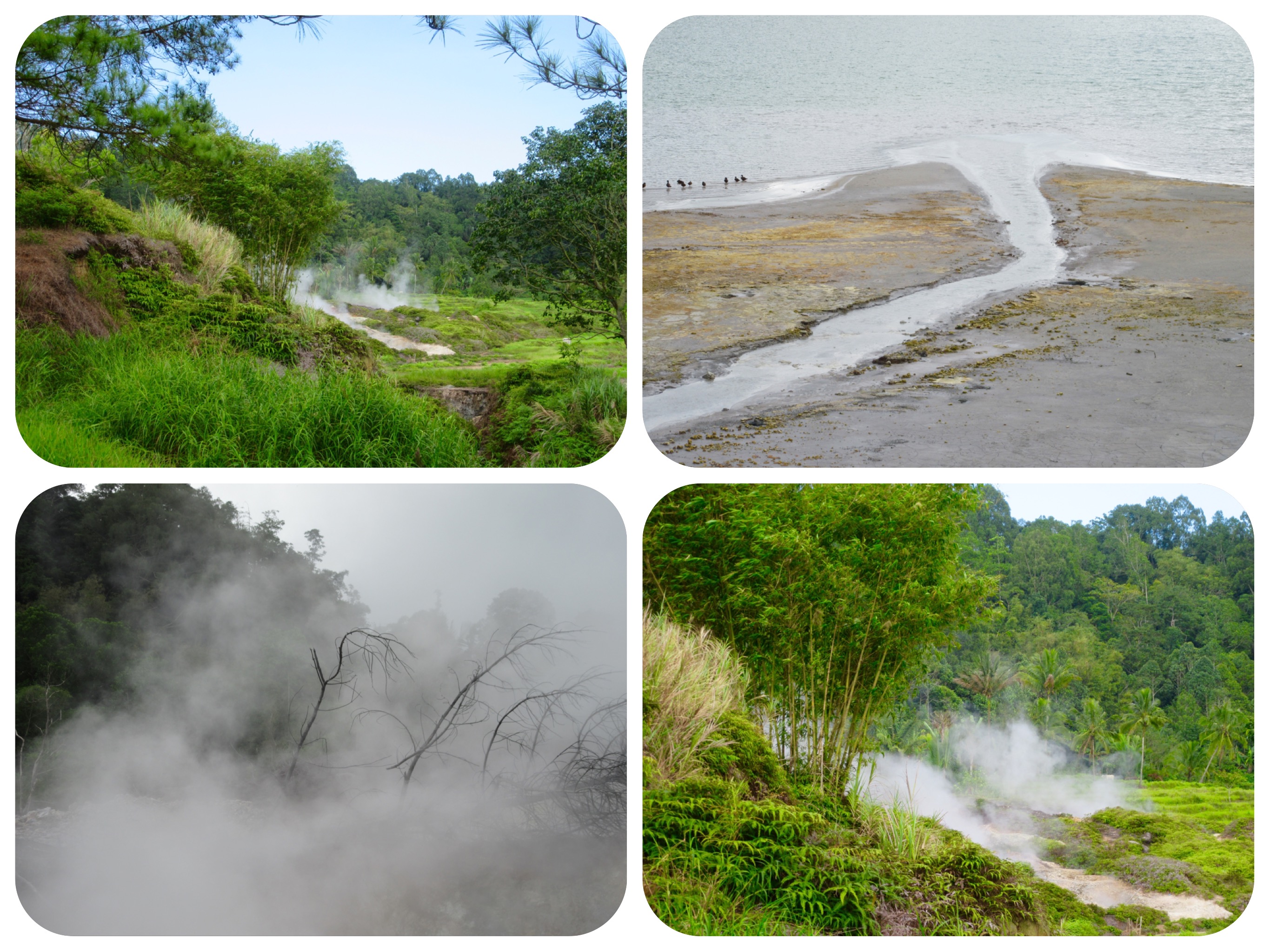


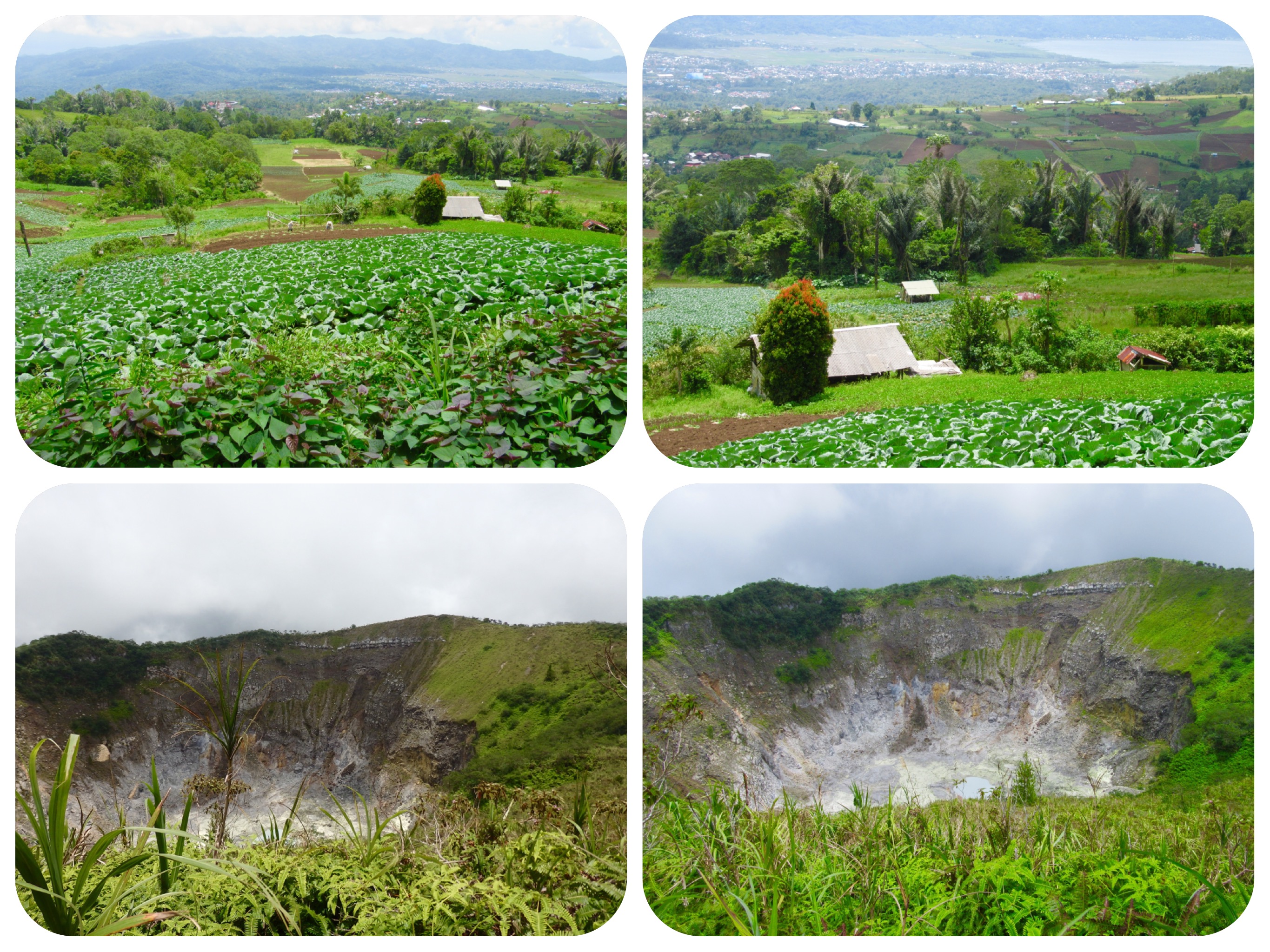

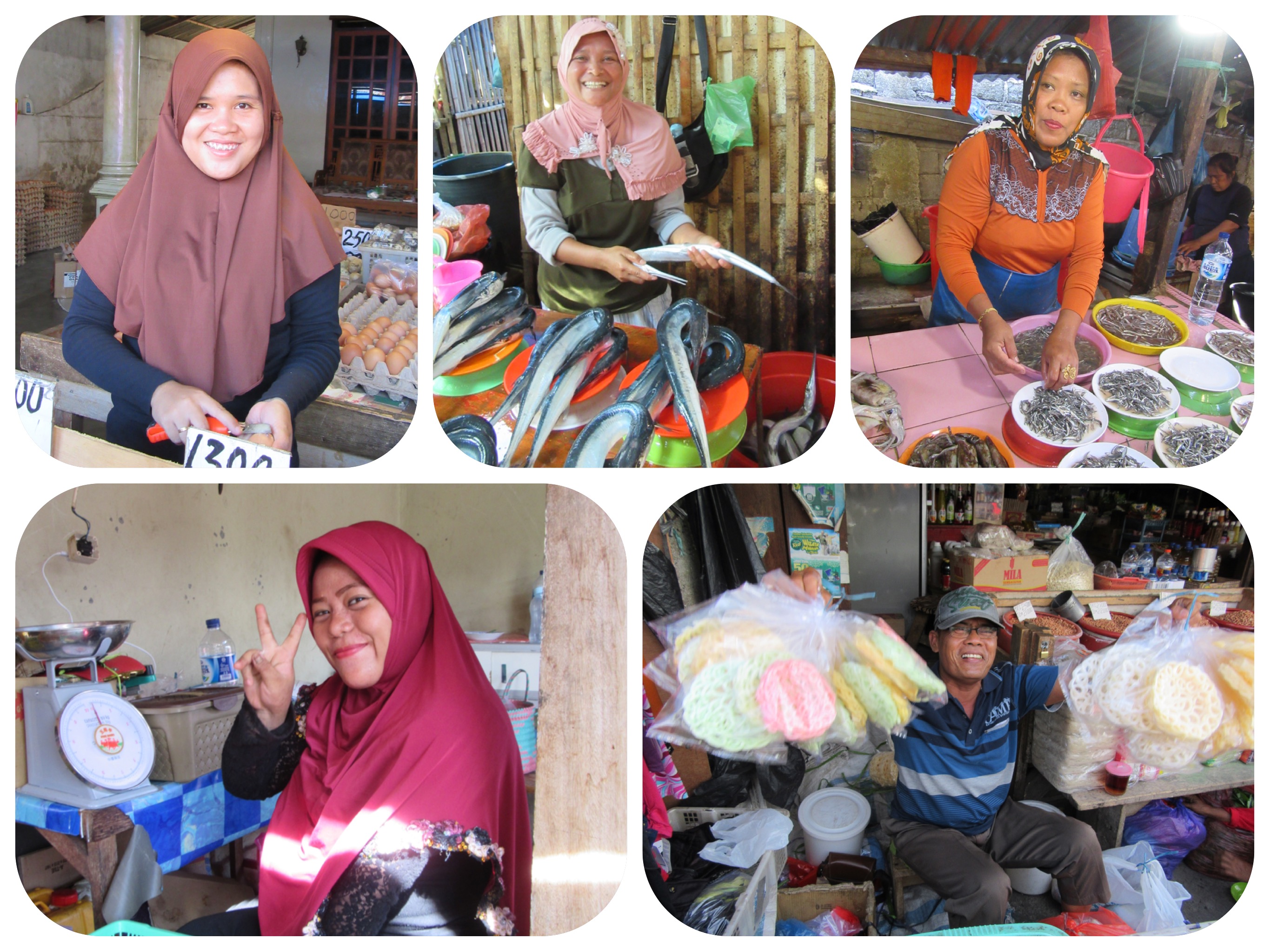
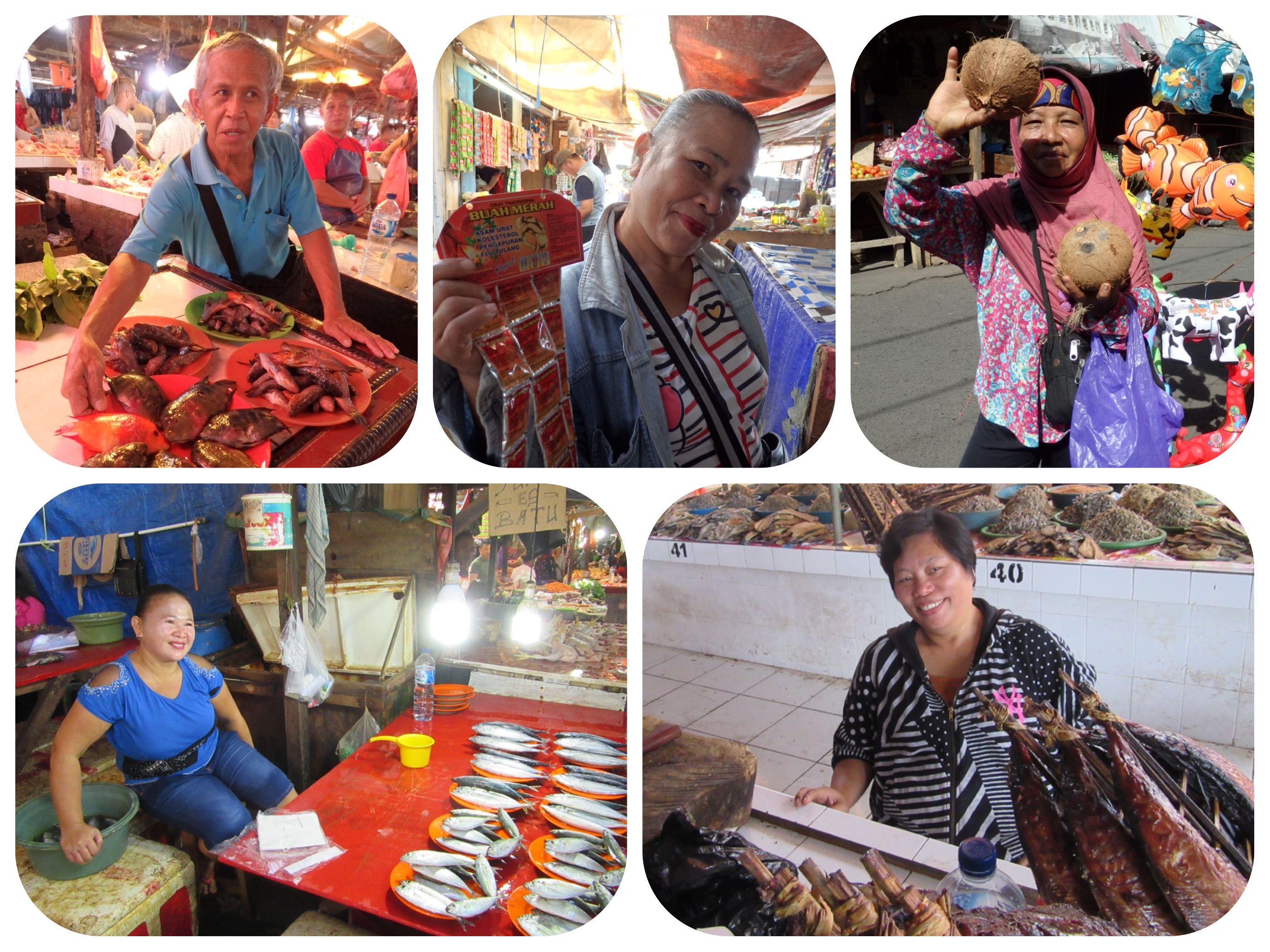

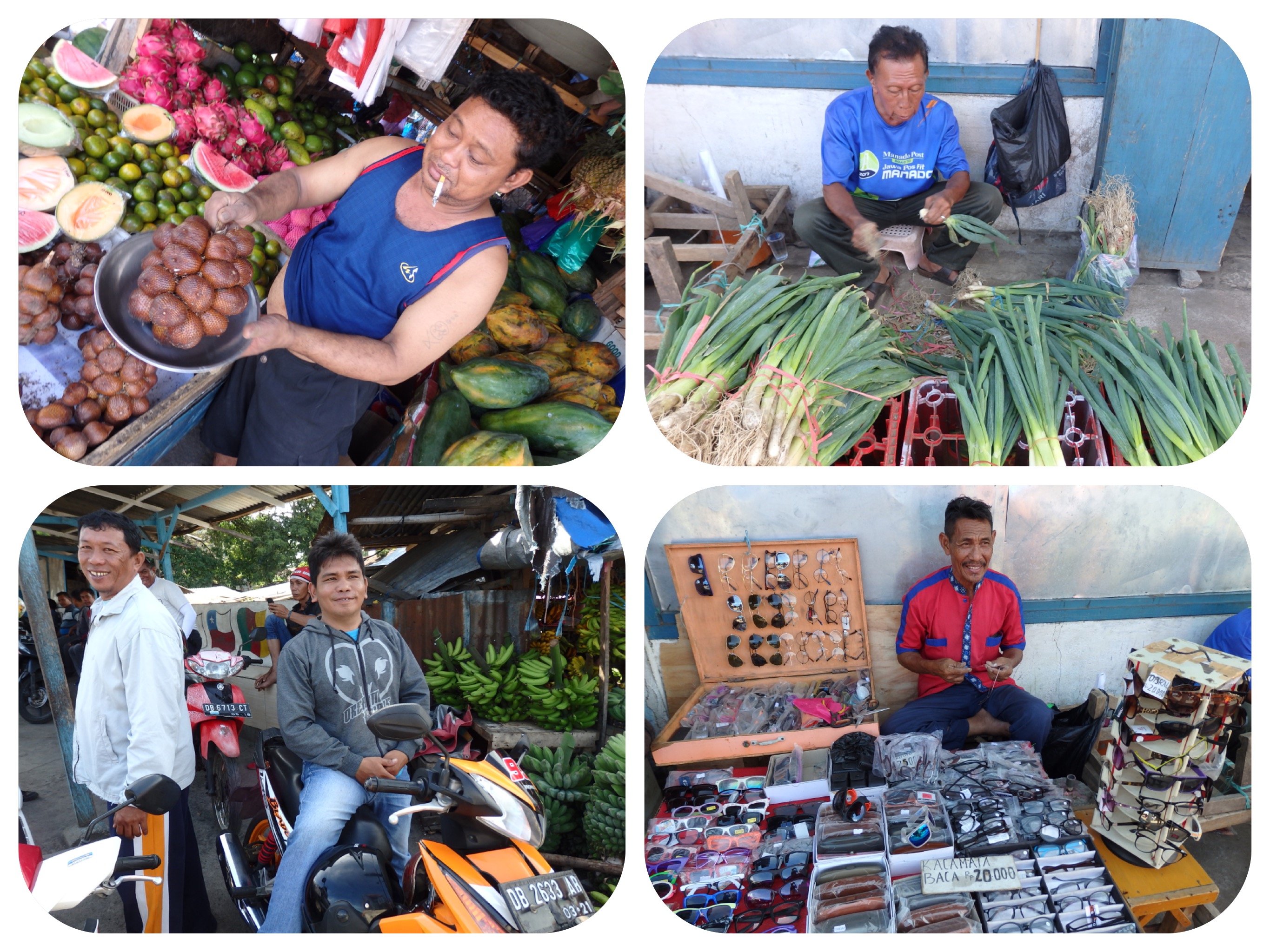
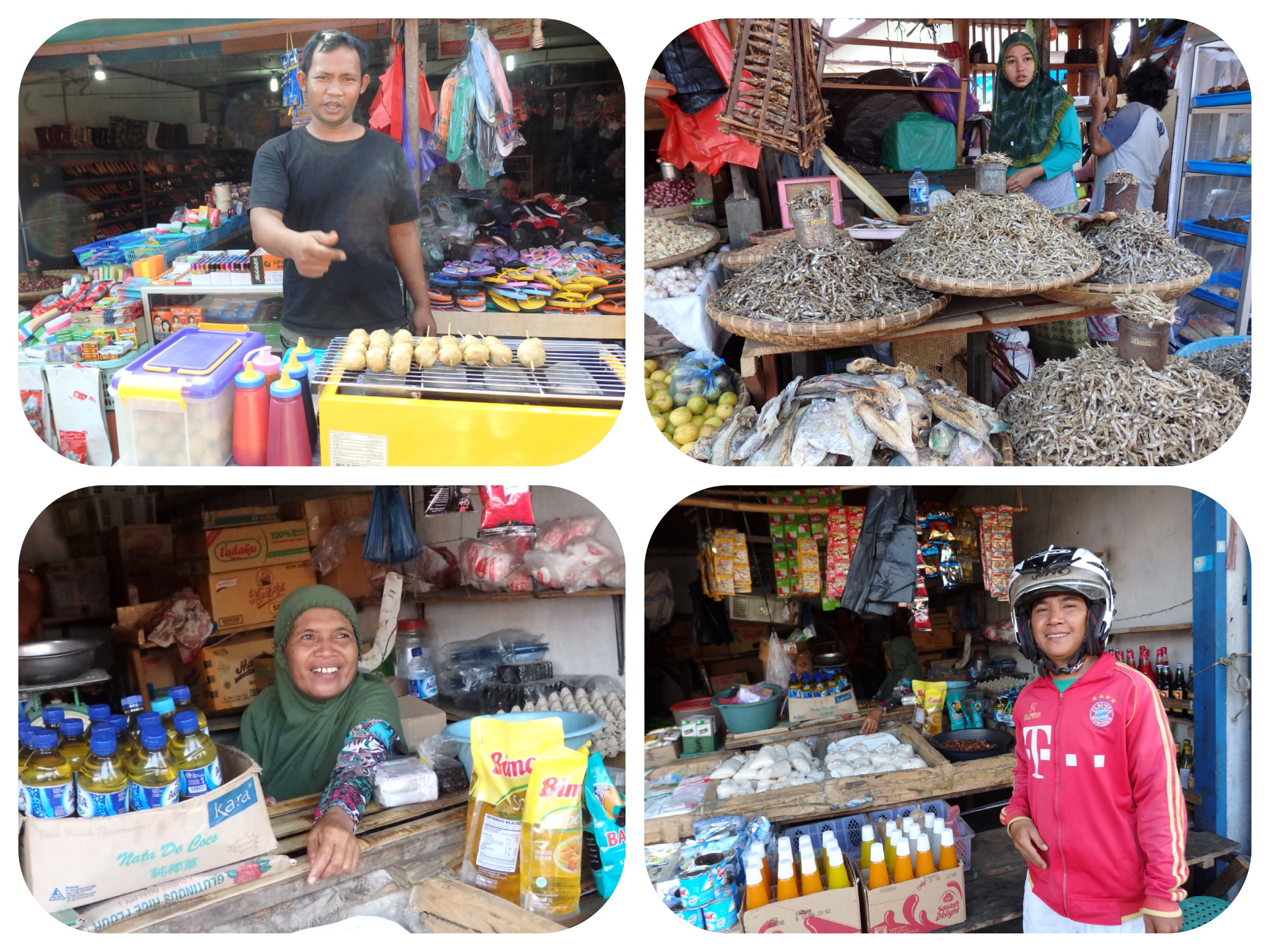

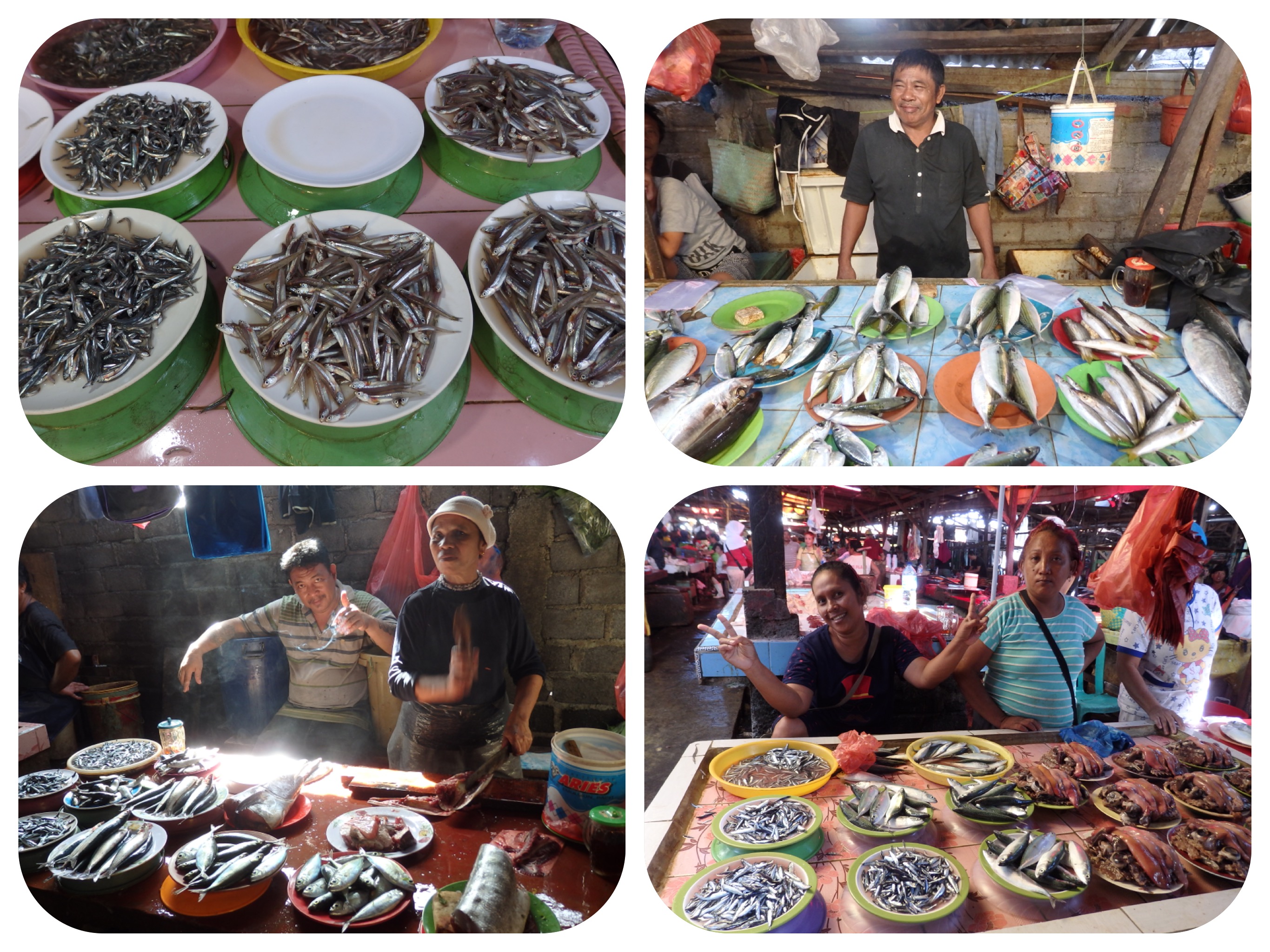


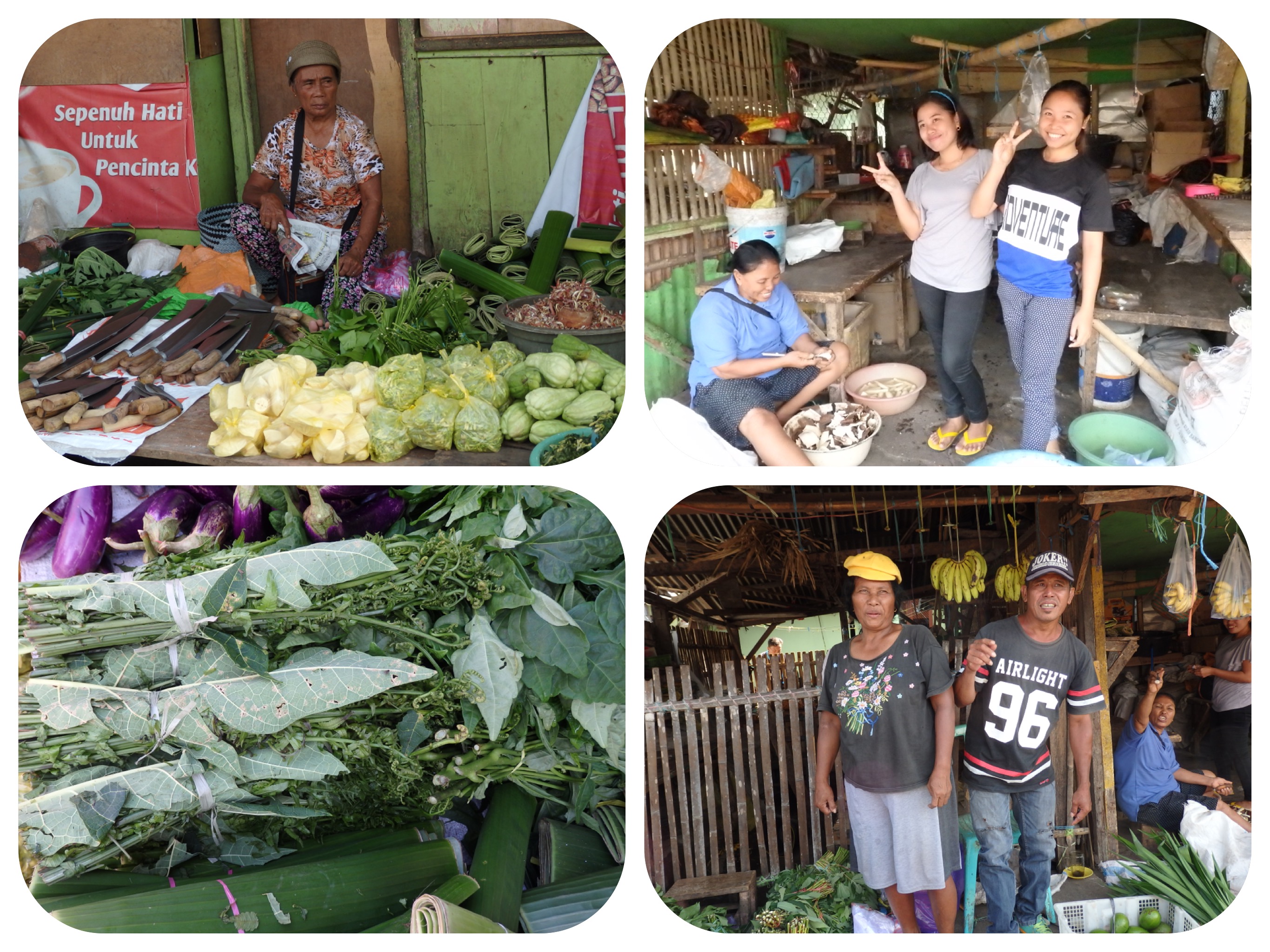
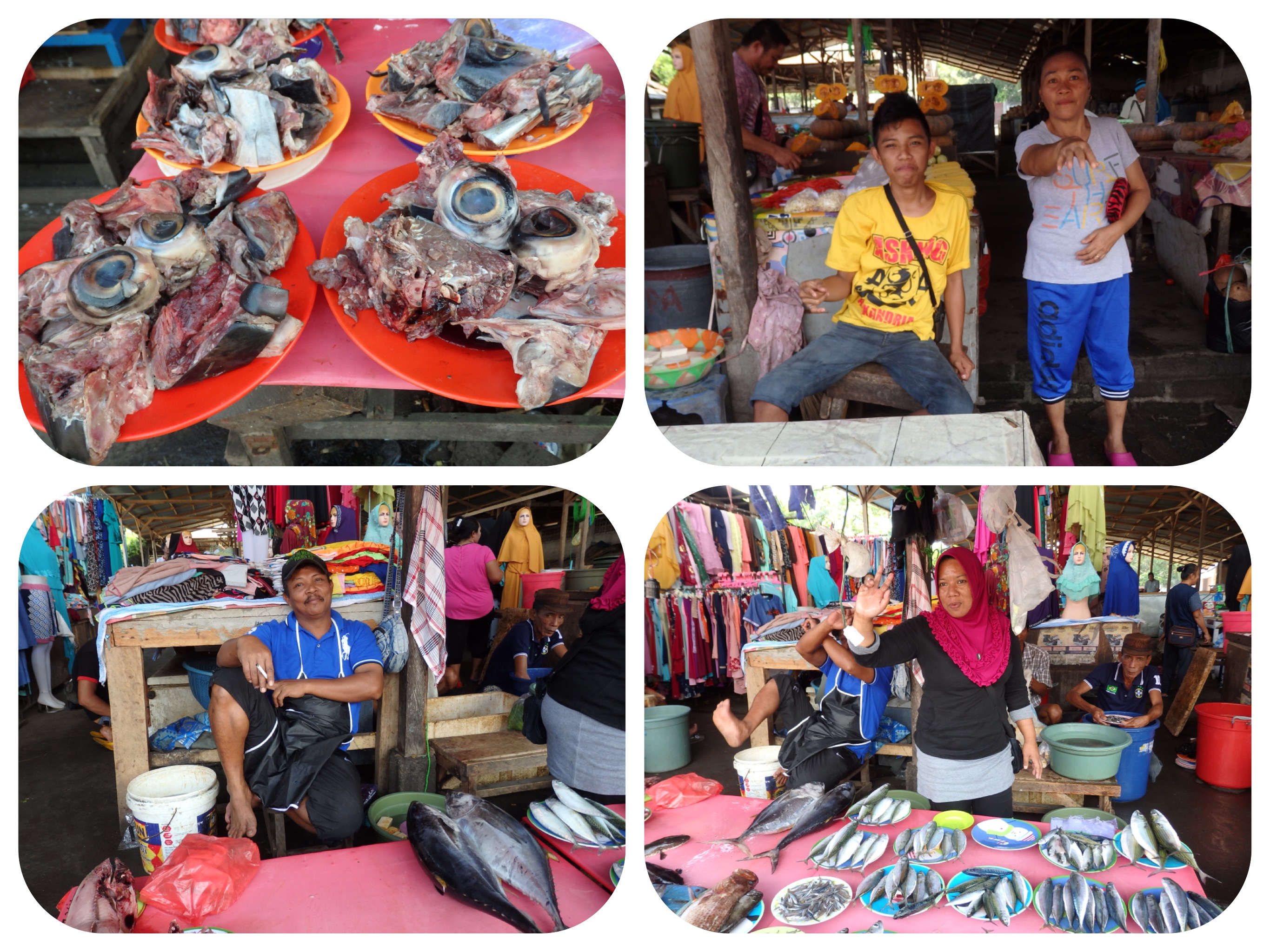

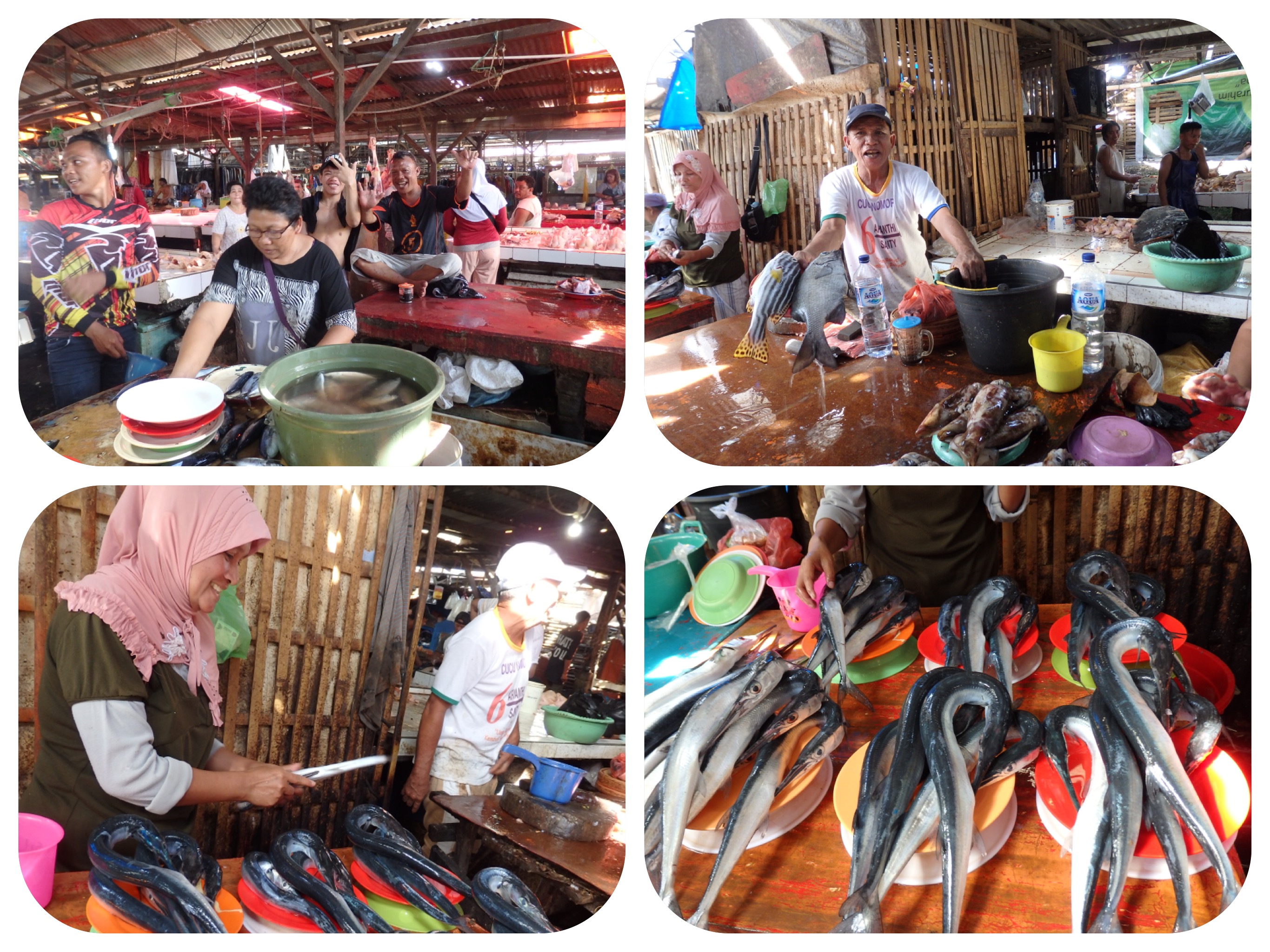
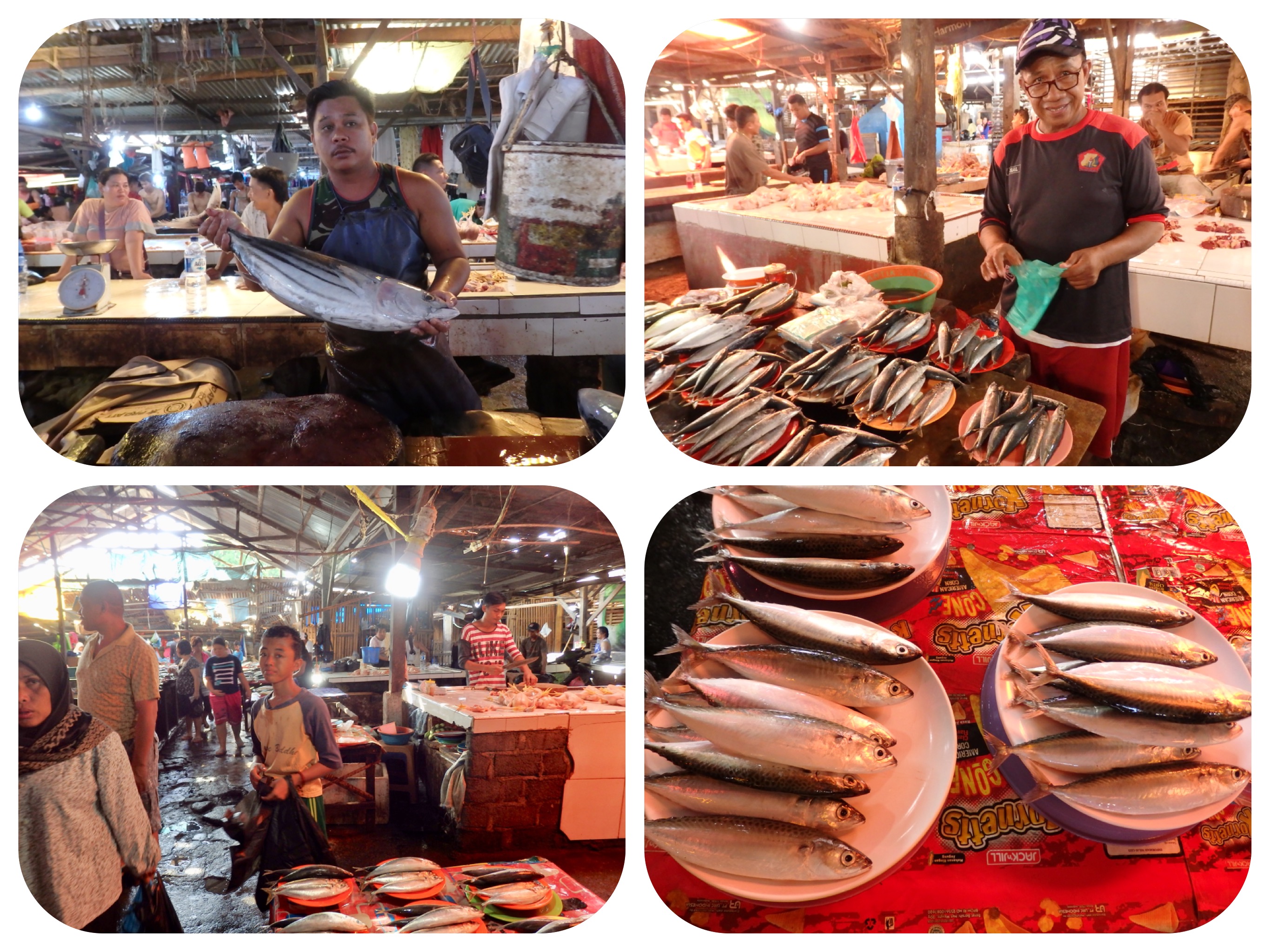

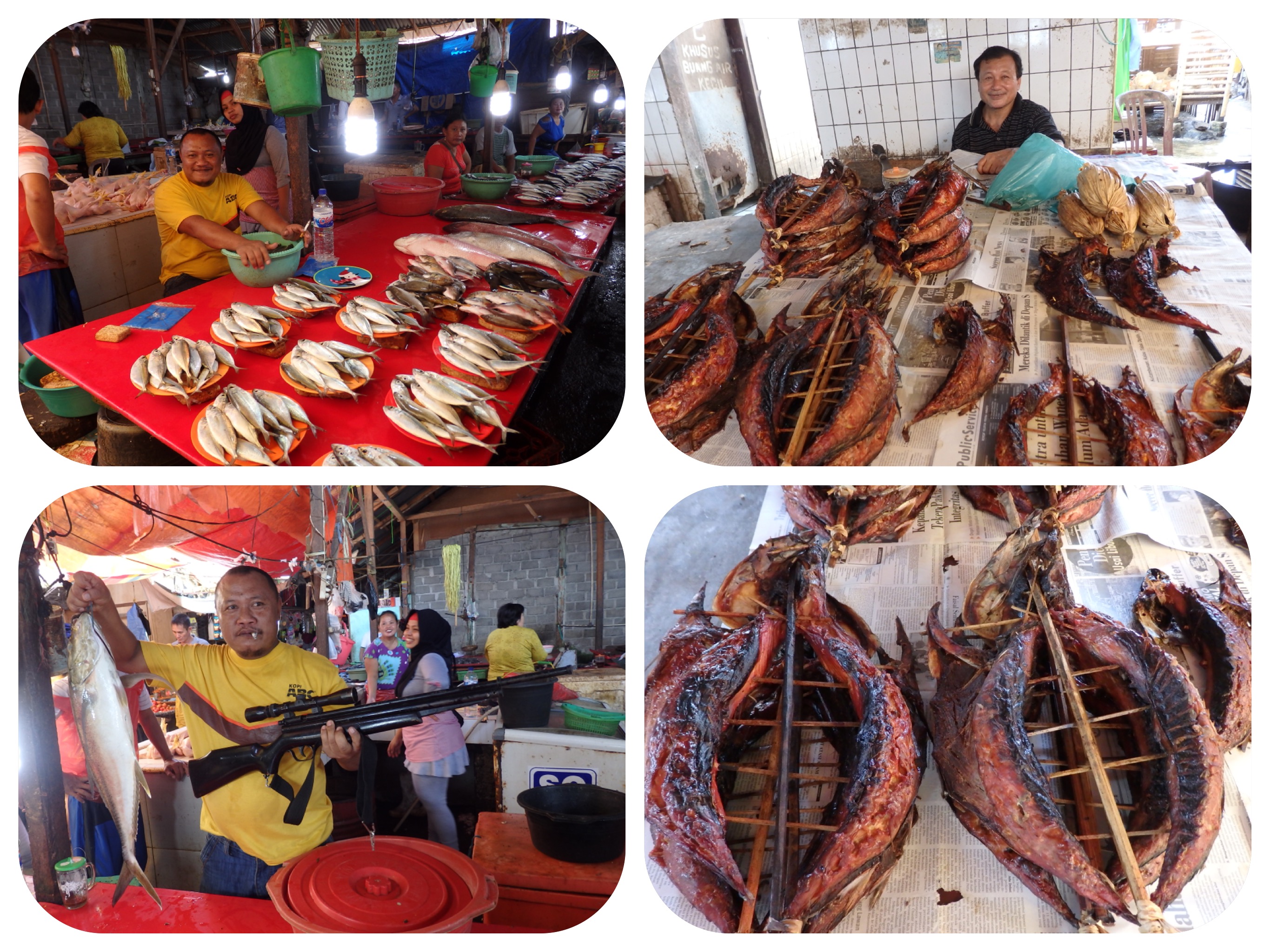

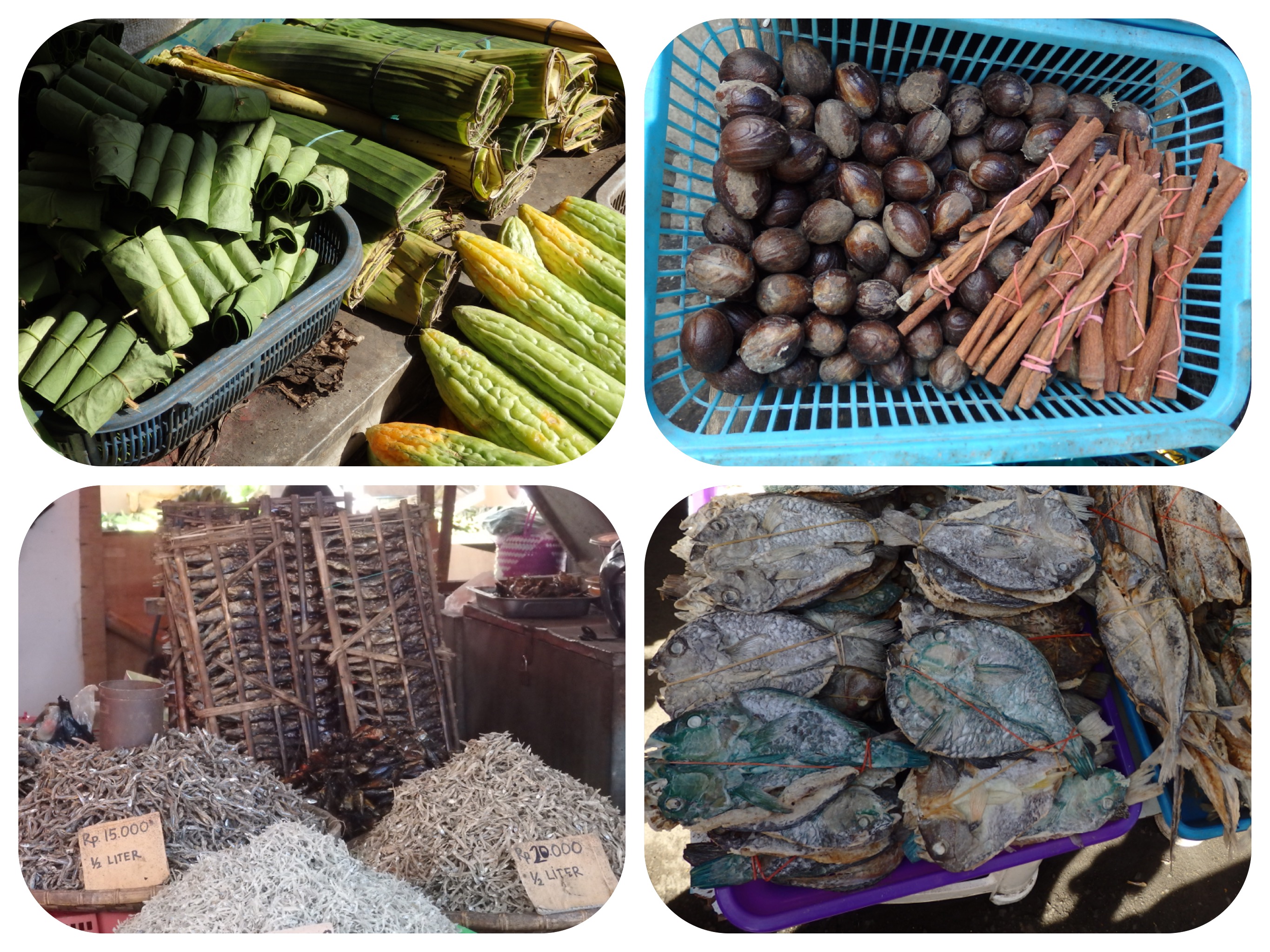
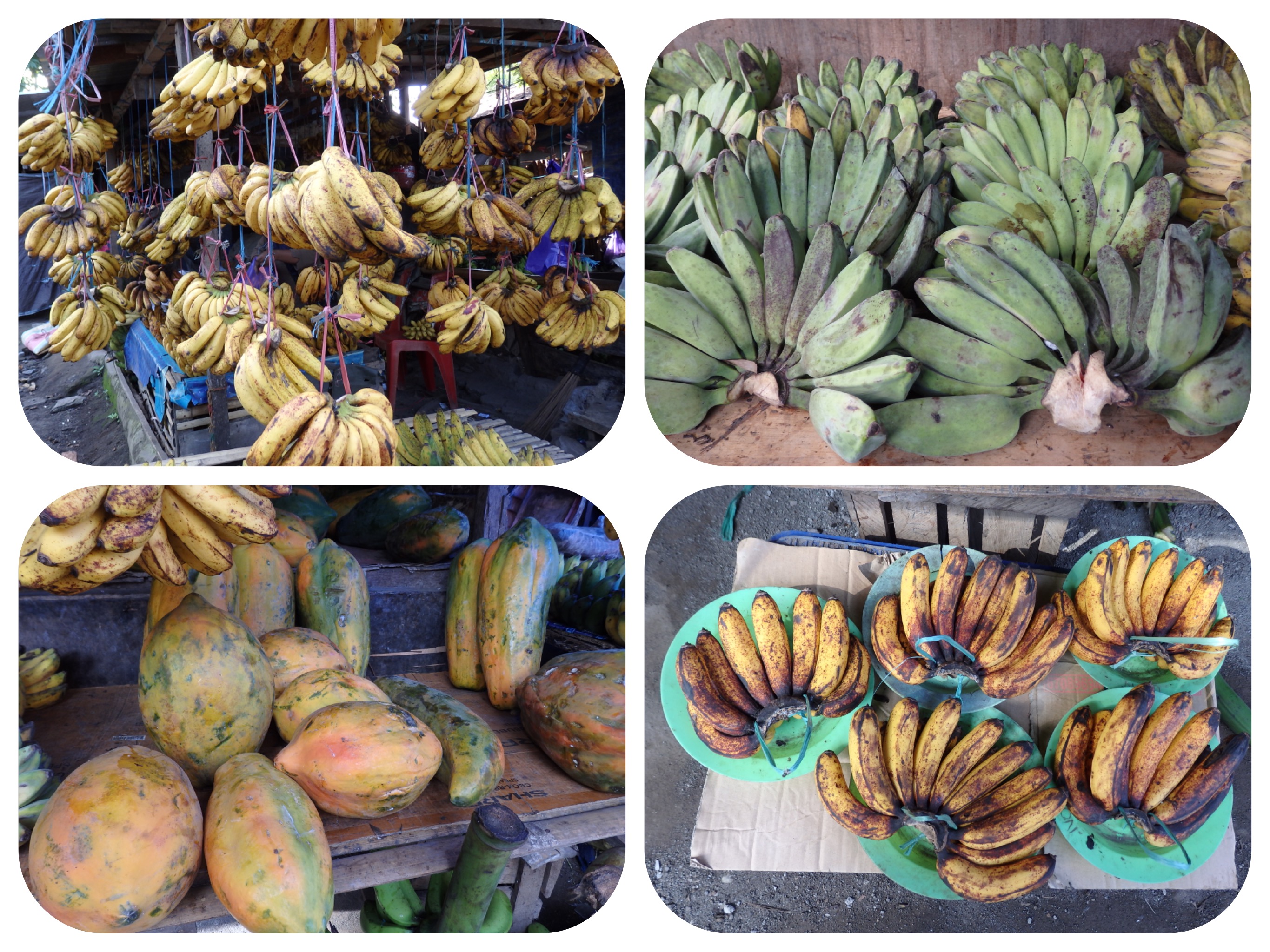

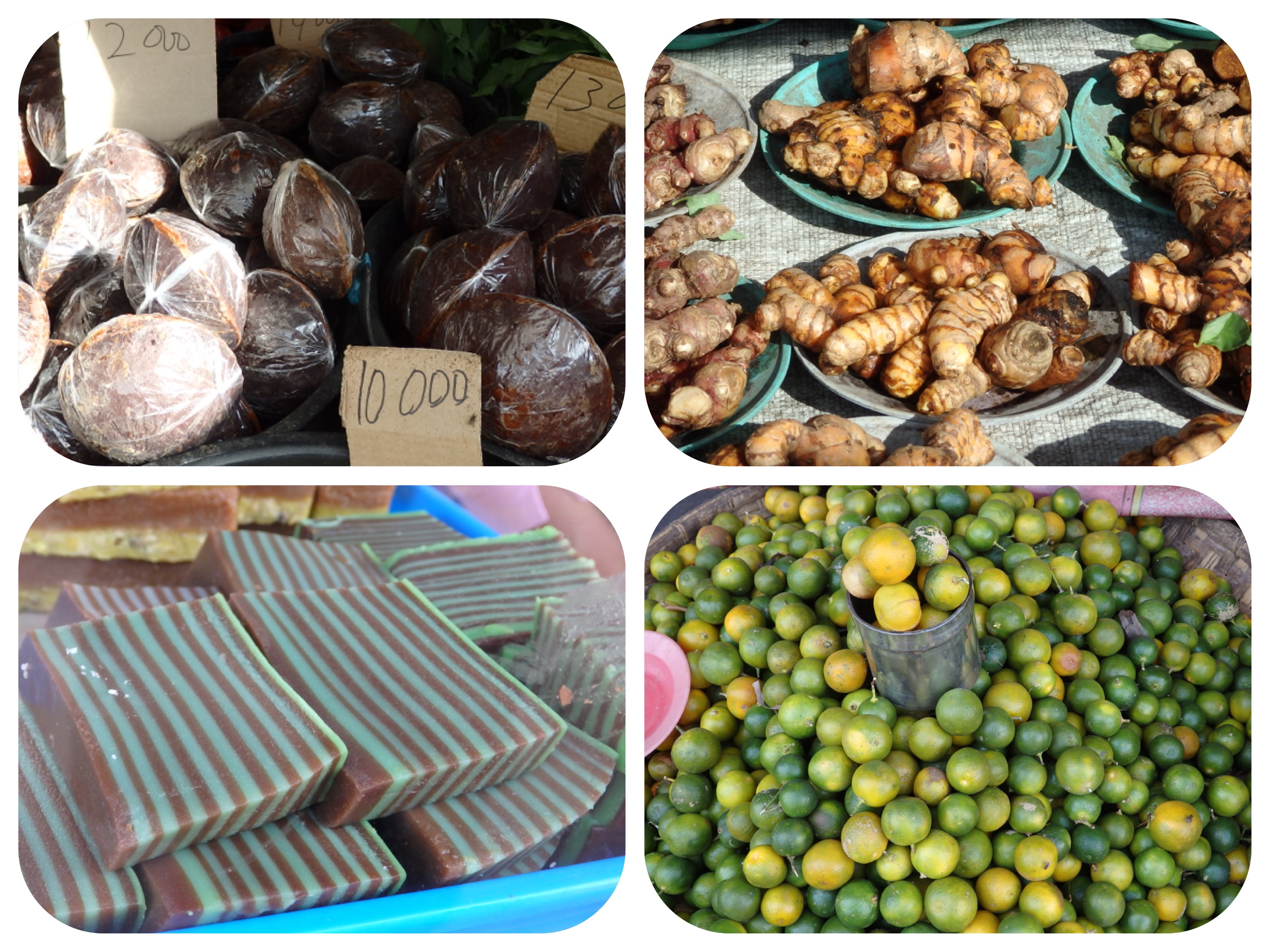
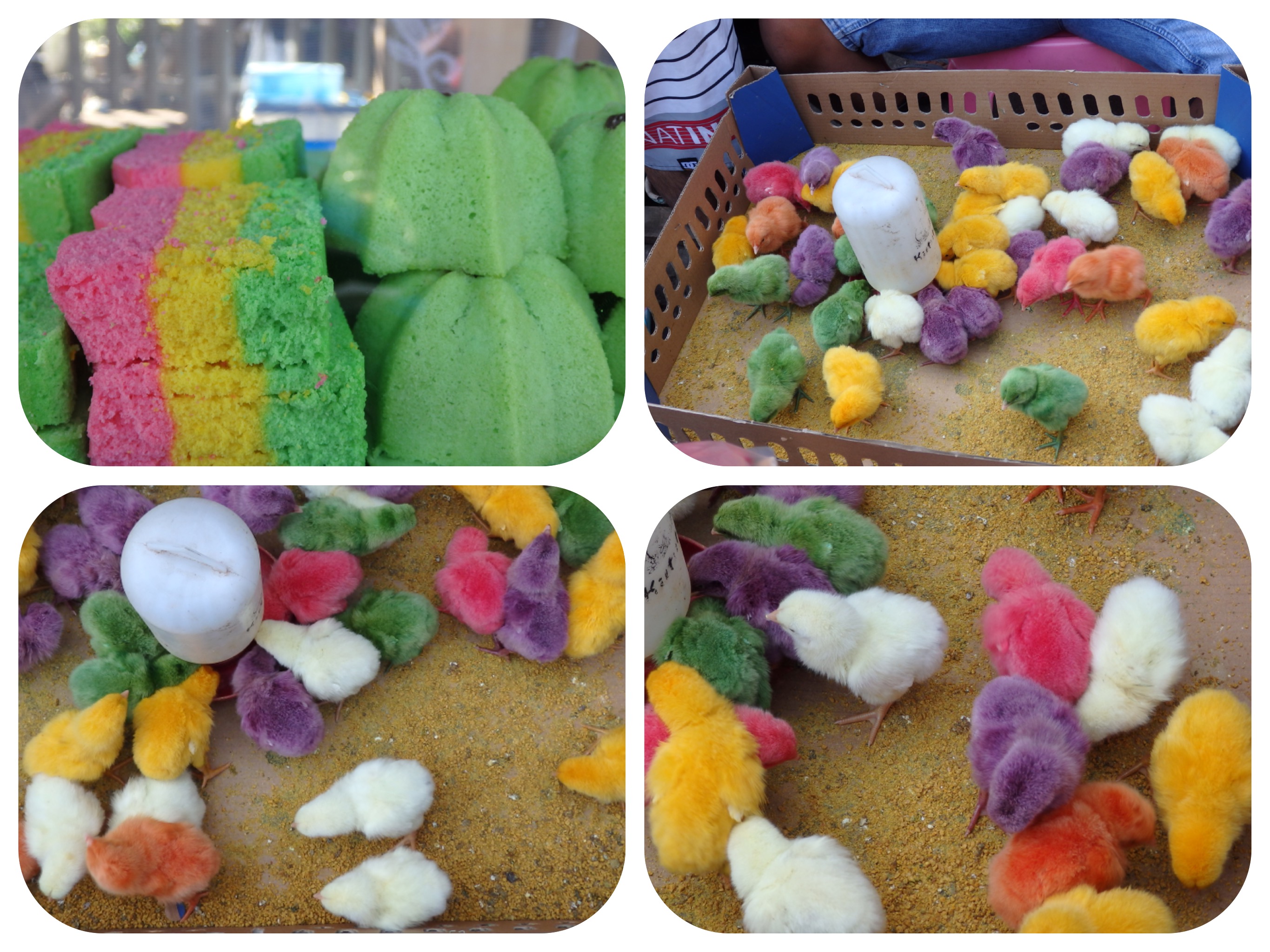
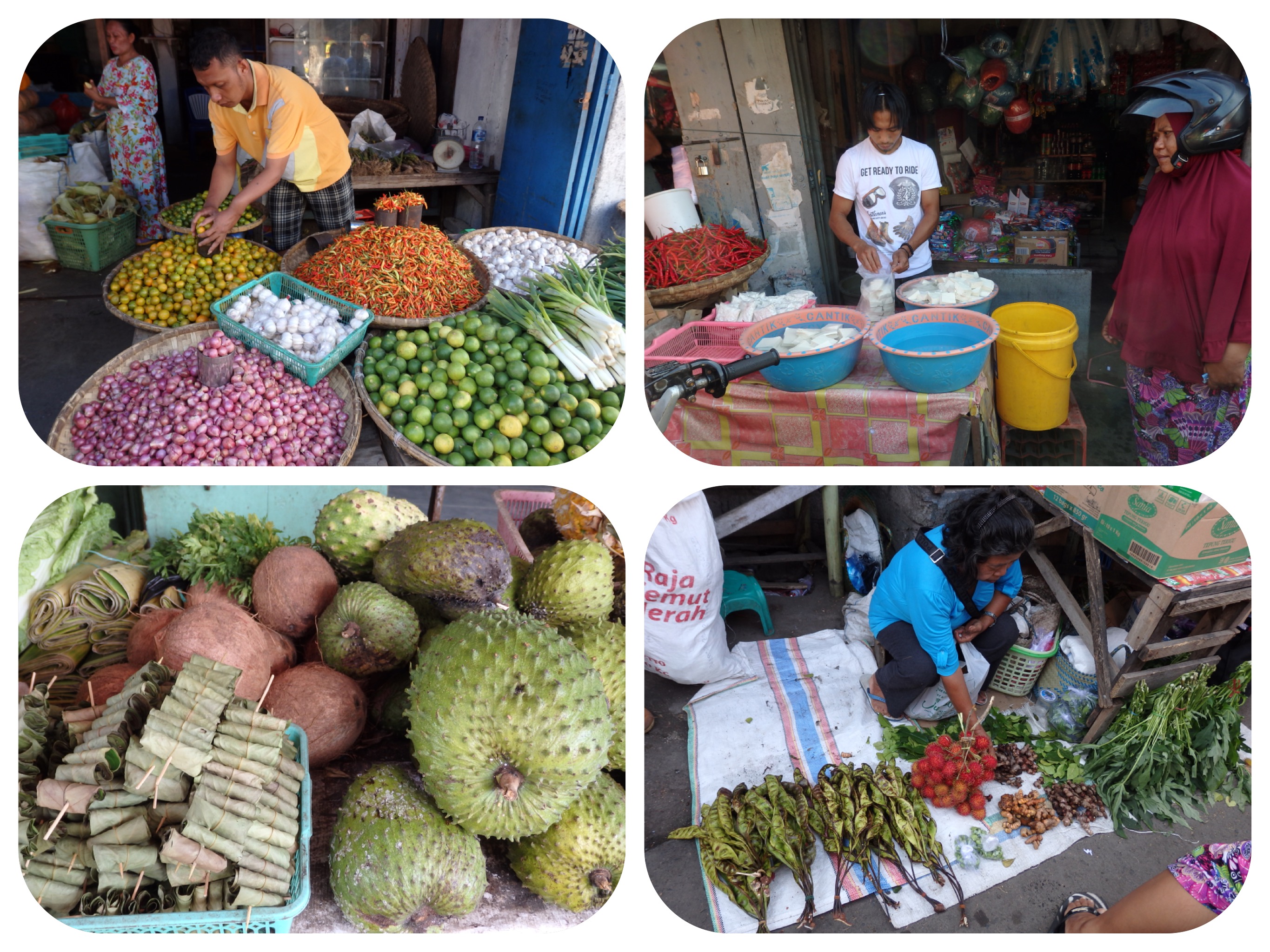
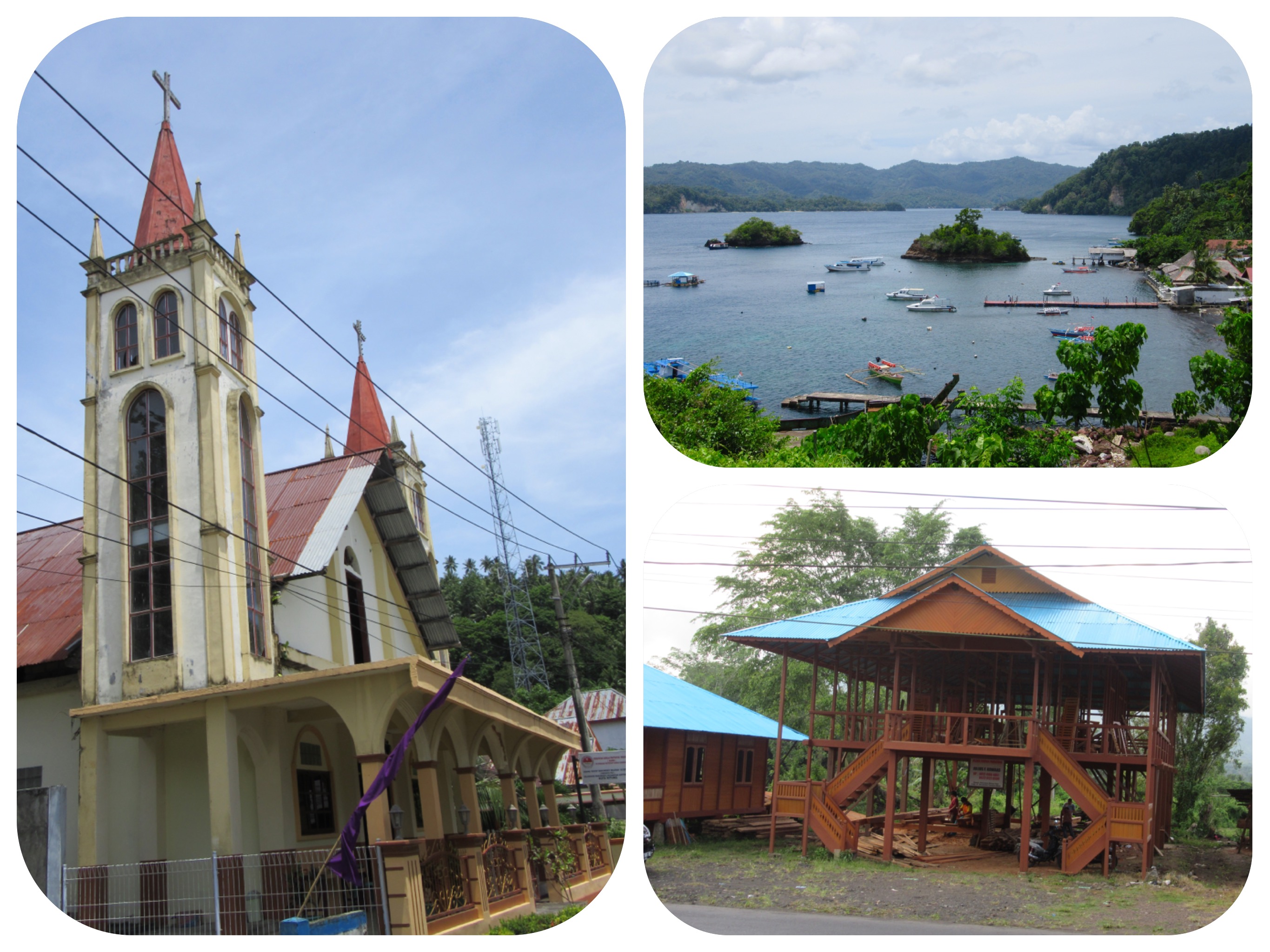
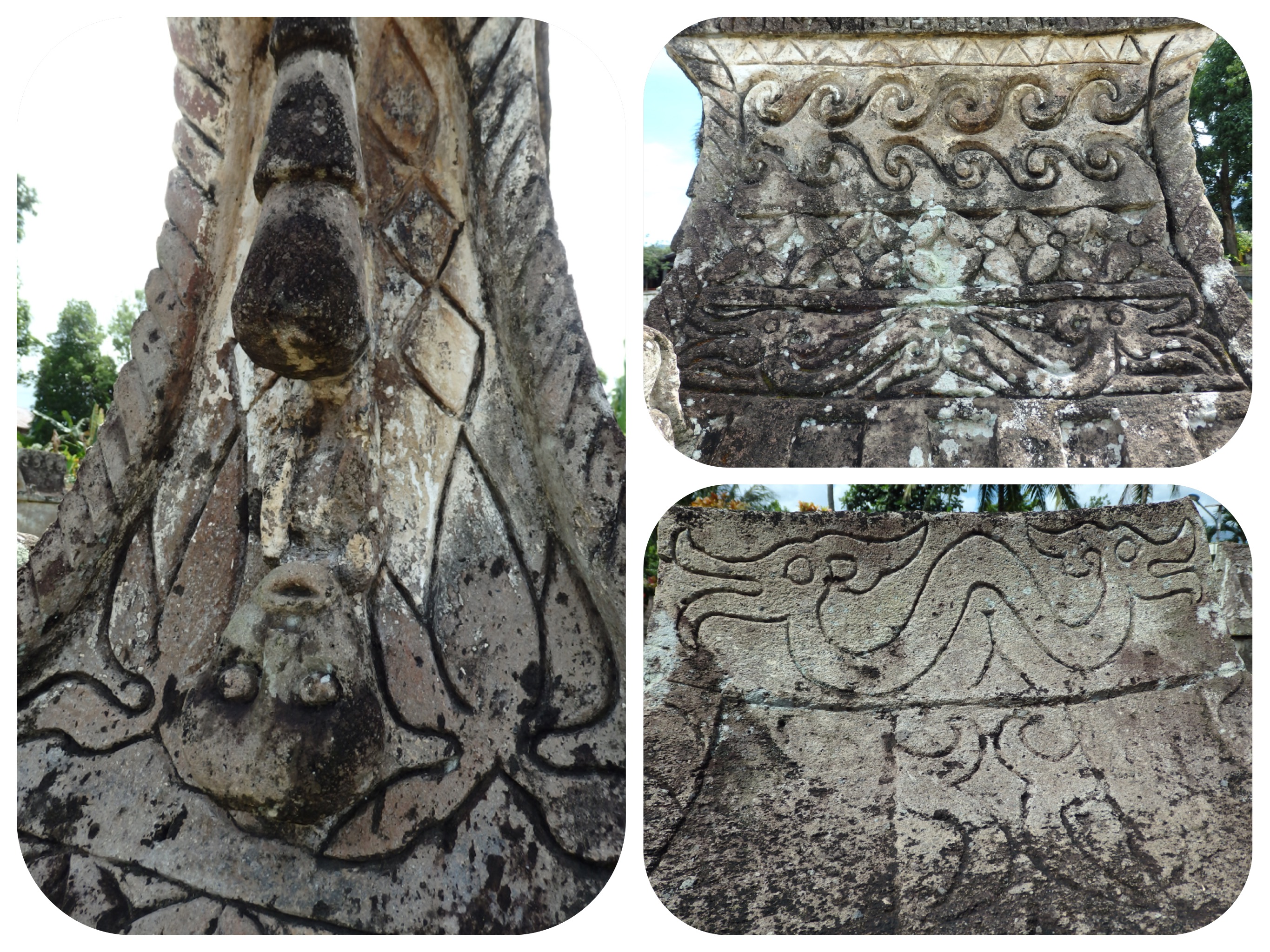
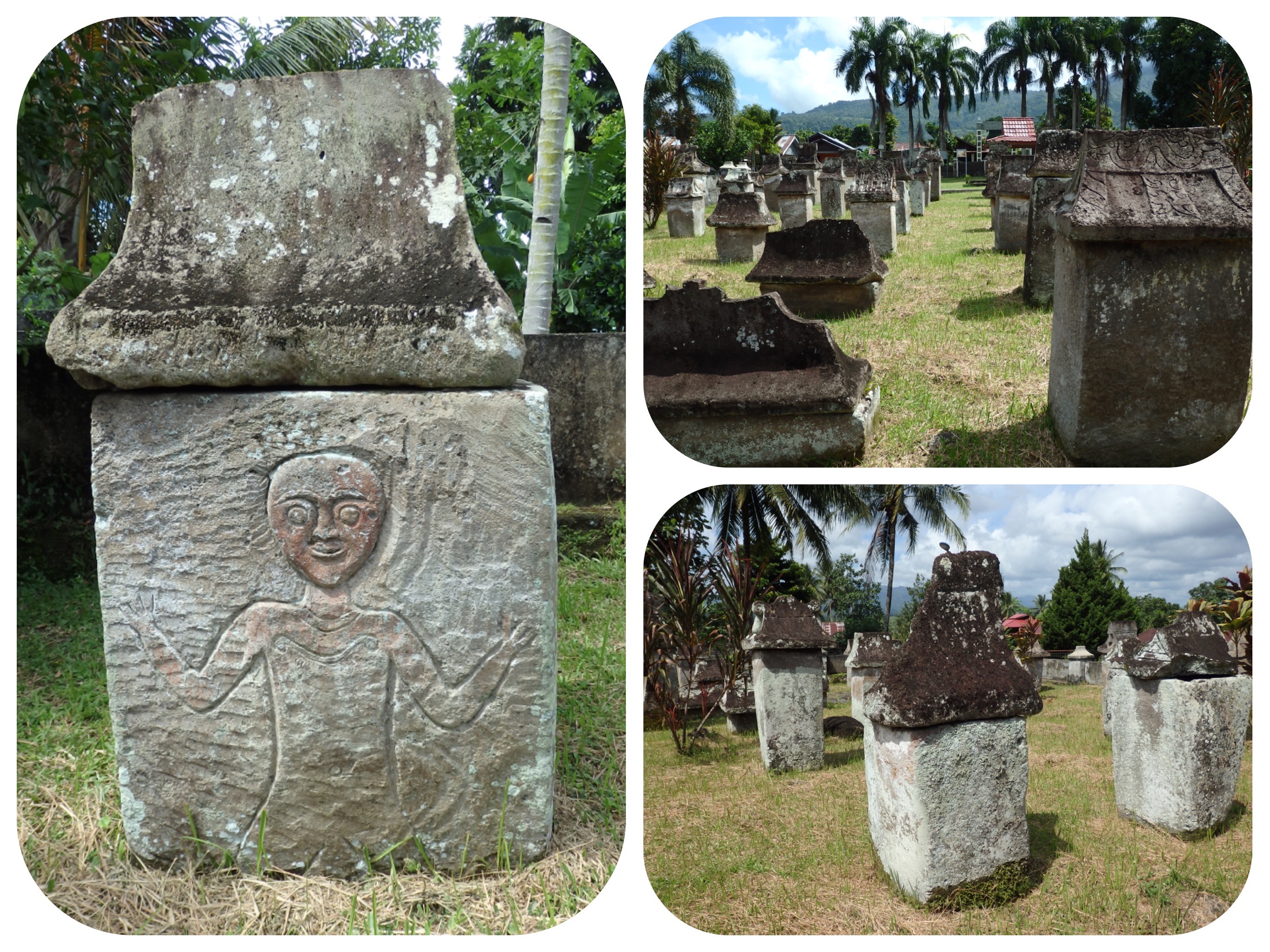
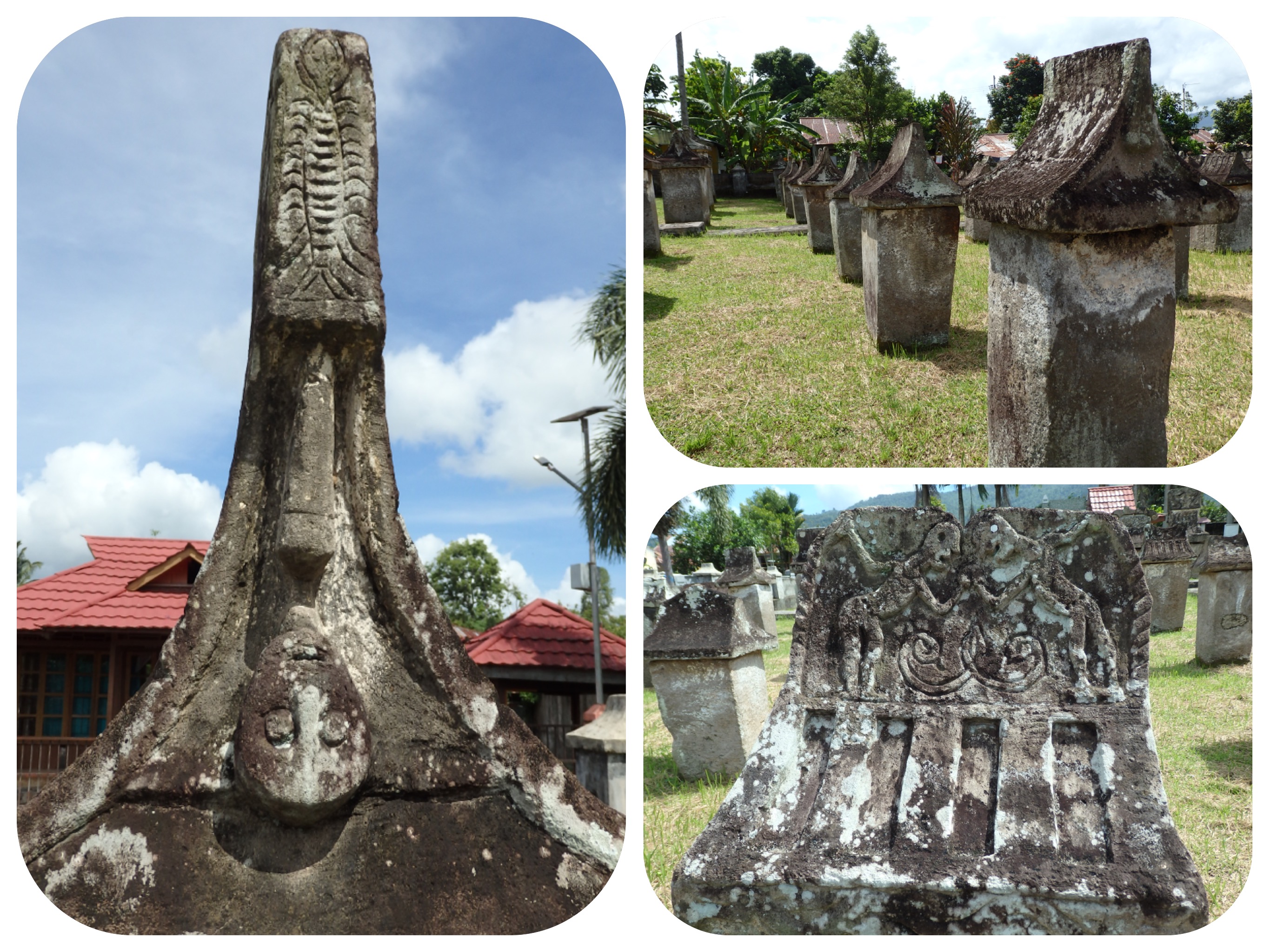

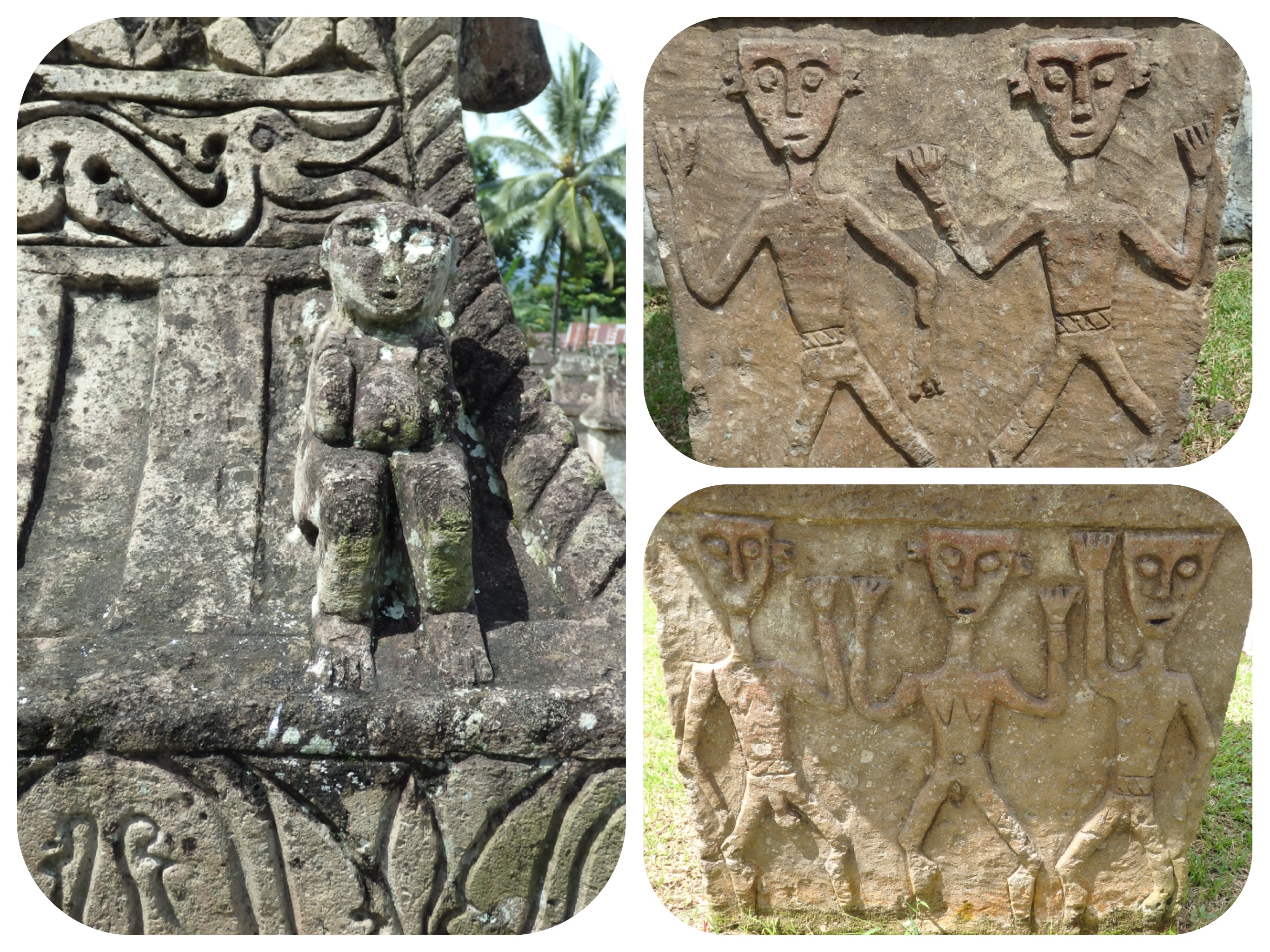
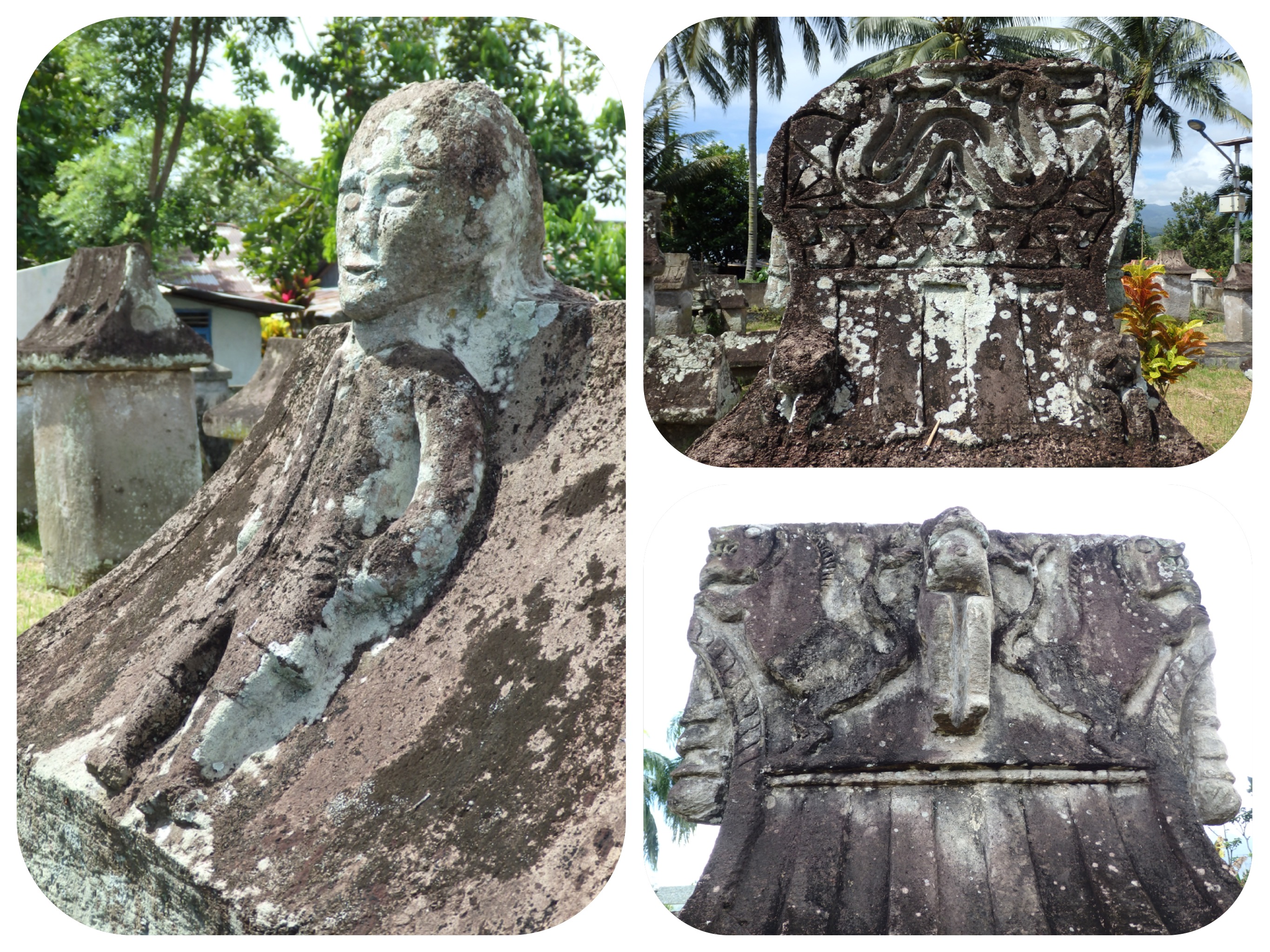
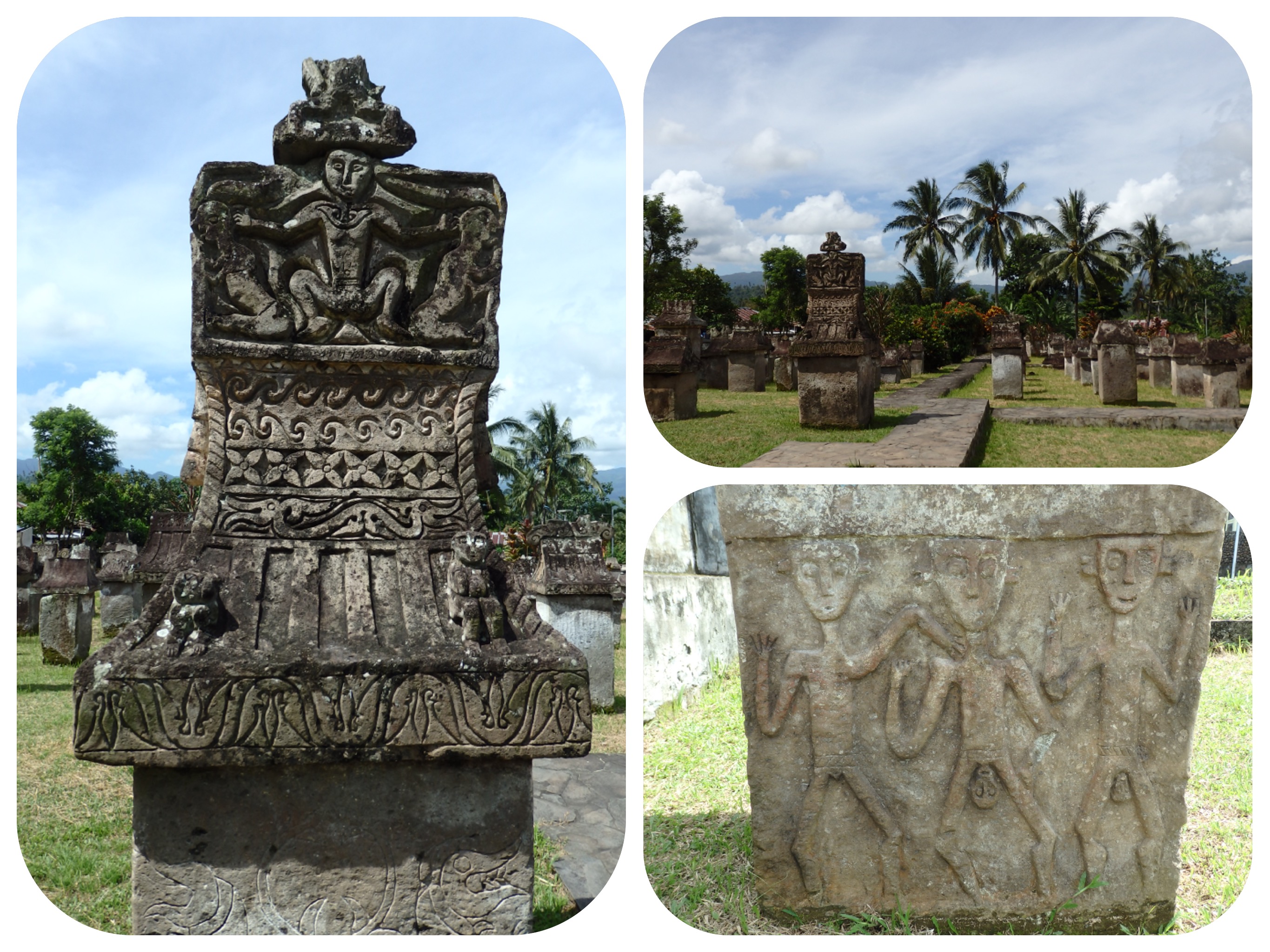

The Celebration of Death, and the Culture and People of Sulawesi, Indonesia
After diving for a few days in a row, the whole world felt like it was gently swaying and rocking on the waves, even after we’d left the boat.
In order to get my “land legs” back, we decided to take a day off from diving, to take a tour through the highlands of Sulawesi.
After a short boat ride from Lembeh we met Donald, our driver, at the small port in Bitung.
Donald is a wealth of information and stories about the culture in which he grew up.
His is soft spoken and his English is excellent.
The tour of the highlands of Northern Sulawesi included visiting traditional markets, walking to the rim of the crater of a volcano, seeing an extreme market where they sell dog meat, bats and fruit rat meat, ancient cemeteries, natural hot springs, a lake, and having lunch at an exotic garden, among other sites.
I will attempt to describe here a bit of what we saw.
The traditional market in Bitung, is a wonderful, bustling market.
We passed by many sellers of tropical fruit, and I bought some purple dragon fruit and snake fruit to eat at our spartan dive resort.
Beside the stalls, there were many other women walking around the streets of the market, trying to sell homemade sweets made from coconut and taro, or other traditional food from small coolers they carried.
An old, bony lady with no teeth asked me to buy one of her bags of small “found” mangoes.
Donald advised me not to buy, since her mangoes did not look good, and he said that we could get better mangoes from one of the stalls.
I looked at this skinny old lady and thought to myself, “What if she were my mother in another incarnation, walking the market on a very hot day, with four heavy bags of tiny mangoes that she had found in gardens.
She did not look like a woman who owns a house and has a mango tree on her land.
She will probably not be able to sell those mangoes, as every local knows they are hairy inside and overripe.
I MUST buy her mangoes! If nothing else, just to help her....”
Donald smiled as I asked him to translate for me how much she wanted.
she asked for 10,000 rupiahs (75 cents) for a bag.
I handed her a 20,000 bill and resisted the urge to tell her to keep the change.
After all, I wanted to respect her as a trader selling her mangoes, not to reduce her to a person begging for money.
There were lots of spices locally grown at the market, including coconut rock sugar, which I bought to take home, handmade food, and a variety of sweets, made right there and eaten fresh and hot.
We tried a local sweet made from brown coconut sugar, rice flour and eggs, which was baked on the griddle and very delicious.
Jules and I shared one such cupcake, but people were buying boxes of them to take home.
There were lots of fresh, dried and smoked fish.
The smoked fish is halved and cleaned and then placed inside a bamboo grilling grate that is made of two grates woven like a basket that is flat and can hold small fish.
The larger fish are halved and smoked on a stick.
There were local varieties of rice, corn, meat, and even clothing.
The people were a mix of Christians and Muslims, some wearing head coverings and even a few with full body coverings.
Regardless of their religion or dress, EVERYONE greeted us warmly.
Some ran into the road to chat with us or to ask us to take their photos.
Many people posed for us with their catch of the day or food, while many ran to bring over their kids, grandkids or grandmother, just to be in our photos.
What heartwarming, beautiful people!
I was walking around grinning like a bliss-struck idiot.
On our way to the ancient cemetery, Donald told us about the celebration of death in the ancient Torajan and Dani tribes of Indonesia.
The Torajan tribe lives mostly in central to southern Sulawesi.
The Dani tribe lives in the Baliem Valley in Irian Jaya, in Papua, Indonesia.
Before the arrival of Christianity and Islam to the islands of Indonesia, the tribal people had their own animist beliefs.
The Torajan tribe believe that Spirit is in everything. They pray to the spirits of the sea for good fishing, to the spirit of the trees to produce healthy coconuts and fruit, and to the spirit of the land to produce ample crops and animals to eat.
They knew that Spirit, which is in everything, including humans, is not born and thus cannot die.
When a person died, they believed that his spirit had passed on to the higher realms.
Thus death was cause for a CELEBRATION, not mourning and sorrow.
They celebrate death, the passing of the spirit into the divine, by gathering everyone in the village and calling all the relatives from overseas to return to the village.
The death celebration is happier and more elaborate than that of a wedding.
Since it takes a long time to gather everyone from overseas, they wash the body and treat it with special herbs to prevent decay.
Sometimes it takes up to 4 years until everyone has gathered for the death celebration, and until then they treat the dead body as if it were a sick person.
They bathe it regularly and even walk with it around the village, holding it up by its shoulders, or with each son carrying it by its armpits.
When the burial day finally arrives, they kill ten cows, which costs a fortune and is a LOT of food for all the family and guests.
The burial day is a big party, and they break the bones or cut the body to fit it into a Buddha-like coffin, which is then buried sitting upright in a stone grave.
They decorate the gravestone with many symbols.
By the seaside, the symbols are of shells, waves, sea dragons, starfish, and fish, while by the mountains they use symbols of tree leaves and birds.
The graves, which are decorated with more carvings, denote the burial site of a person who had a higher status in the tribe.
Some tribes do not bury the body sitting down in a stone grave/house.
They take the seated human coffin to the caves on top of the cliffs, where they are placed in the highest caves.
Little children who died are placed inside a coffin made of wood shaped like a human being, and placed inside a huge ficus tree.
We stopped at the Walruga Ancient Cemetery in Airmadidi Village, to look at the graves of bodies that are sitting up, rather than laying down.
The grave is above ground, and this method of seated burial was made illegal by the colonial Dutch between 1815 and 1825.
The Dutch believed that the above ground decaying bodies were spreading disease.
During those years, there was a cholera epidemic, and the Dutch believed that the headstone rims were collecting the bacteria that caused it.
The name “Walruga,” which means “cemetery,” is derived from the words “Wale” which is a “house,” and “Ruga” which is “melting.”
So it means a melting house.
There are carvings on these grave houses that are beautiful.
There are two headed dragons, humans sitting up and giving birth, waves, leaves, fish and many others.
Before placing the seated body inside the grave, they wrap it in a
“Woka yellow leaf” that is gathered in the forest.
It is a huge leaf.
One Woka leaf can wrap a whole human body.
From there we went to see the “Extreme Market” in Minahasa.
It is a big traditional market, except for the section selling Python meat, charred bats, charred dogs, charred forest rats and furry fruit rats on sticks and wild boar meat.
The bats were separated from their wings, which were sold separately.
The dogs were whole, not gutted, and their fur was charred, so as to be easy to clean.
The boar meat still had the fur on.
The rats were not caught in a sewer, but in the forest, said Donald, as he went on to explain that sewer rats have black tails, while forest rats eat only fruit, and have light colored tails.
We walked around seeing the huge dead python, the rats on sticks, the charred dogs, and the boars, trying not to judge or feel disgusted, but to think and feel like anthropologists, without any judgments, observing the ancient culture we were passing through.
I walked carefully, as I wore only flip flops and the floor had some blood, guts and dog paws or bat wings laying around.
I told myself that in a very poor countryside, as some of the islands of Indonesia still are, people ate what they could hunt or raise for free.
Traditions die slowly and people develop a taste for the food they grew up on.
From there, we went to the top of one of the volcanos that dot the area, to see the crater.
It was a long, winding road up the dormant volcano.
The slopes were full of rice paddies, cabbage, carrot and corn fields.
Once we got as far as we could in our car, we had to climb a steep set of many stairs to get to the crater.
The weather was nice and cool at the top.
Locals in traditional clothing who had also brought owls posed for photos with the tourists.
The owl is a sacred bird, and is considered to be mystical, with a connection to the spirit world.
On our way down, we stopped for lunch in a beautiful country inn located in a large garden setting that looks like a botanical garden.
The owner is a doctor who loves flowers, and with her husband, she has opened their family estate, to welcome day trippers and overnight guests to their amazing flowering garden.
Bus loads of Chinese tourists posed for artsy photos among the tropical flowers.
Many of the young Chinese girls travel with beautiful clothing, just for the photos they will take in many locations.
They have sets of poses that they practice to perfection.
It was entertaining to observe them and the girls did indeed look beautiful.
By the lake, we walked to the bubbling sulphuric mud pools.
These pools are not for bathing, as they are extremely hot and quite sulfuric.
Nearby there is a hot spring bathhouse that is used communally by the locals, who go there after a long day in the fields.
Donald told us that the facilities are fairly dirty and no foreigners are allowed to enter.
From there, we visited a village of woodworkers, whose main source of income is designing and building traditional wood houses.
These wood houses are spacious, made entirely of wood and offer a good flow of air and ventilation.
I have to admit that I LOVED those houses.
Let’s say that you wanted to buy one of these houses.
You would tour the kilometer-long village, with models of different houses lining the main road.
You would choose your design, quality of wood and finishing details, and the house would be transported to your land.
The builders will prepare the foundation posts and will reassemble the whole house for you.
The price of the house, including the transport and reassembling, starts at about $2000 for a 25-square meter house, and goes up to $10,000 for a 200-square meter house with a veranda and four spacious bedrooms.
The cost of plumbing, septic and electricity connections is extra, as is the bathroom and kitchen.
As we walked between the models, I was full of admiration.
Most of these houses were built with hand tools.
I only saw a skill saw and an old electric sander.
Everyone was working with a hand saw, chisel and hammer.
I really LOVED LOVED these houses.
Beside the wood carvings and spacious wrap-around verandas, I also loved the prices.
I come from a culture where buying a house is the most expensive purchase most people will make in their lives.
Many, including myself, mortgage themselves to thirty years of payments of principal and interest.
Here you have people who can buy stunning, spacious wood houses for a price that, I believe, a house should really cost.
Something affordable that could be entirely replaced once in twenty years with something new and more suitable for the home owner.
Donald told us that his dad has one such a house and that he has moved it already three times, and the house is still standing and very solid and strong.
So when Donald’s dad wanted to go live with his youngest son in the countryside, they disassembled his house and reassembled it at the new location.
This way he can live with his youngest son and the grandkids, but still have his own private house in which to live and to sleep.
This carpenters’ village is called “Woloan,” which means “a Pillar to the sky.”
They use three degrees of quality of wood in building these houses: first quality wood, used for the frame, beams, and structural work; second quality, for windows and doors, decks, and floors; and a third quality, which is thinner and least sturdy, to line the walls and ceiling.
Traditional wood houses in Sulawesi have two intersecting sets of stairs, that allow you to climb into the house from either side.
This traditional design was meant to protect the house from bad spirits.
It is believed that bad Spirits can come from the right set of stairs or the left set of stairs, and will automatically leave by the other set, thus not entering the house.
If you have only one set of stairs leading to the front door, the bad spirits have no choice but to enter in once they have climbed the stairs at night.
At the end of the day, after visiting a village of flower growers, we visited the Jesus monument.
The large Jesus statue overlooking the city of Manado in a posture of flying with his hands open in blessing. It is the largest in Southeast Asia.
I stood there and prayed for my loved ones.
I prayed for the well-being of all beings, casting my own hands on this beautiful place, blessing everyone in this universe which I am joyful to call home....
With my gratitude and love,
Tali
P.S.
I have not included the images of the market selling the charred dogs, pythons, bats and rats in my post that goes to my email subscribers.
If you wish to see these photos, you can see them at the bottom of this post.
Please remember that in these remote tribes, they see no difference between eating a cute lamb, a friendly pig, a sweet goat or beef, and eating a wild boar, a dog, bats, lizards or snakes.
